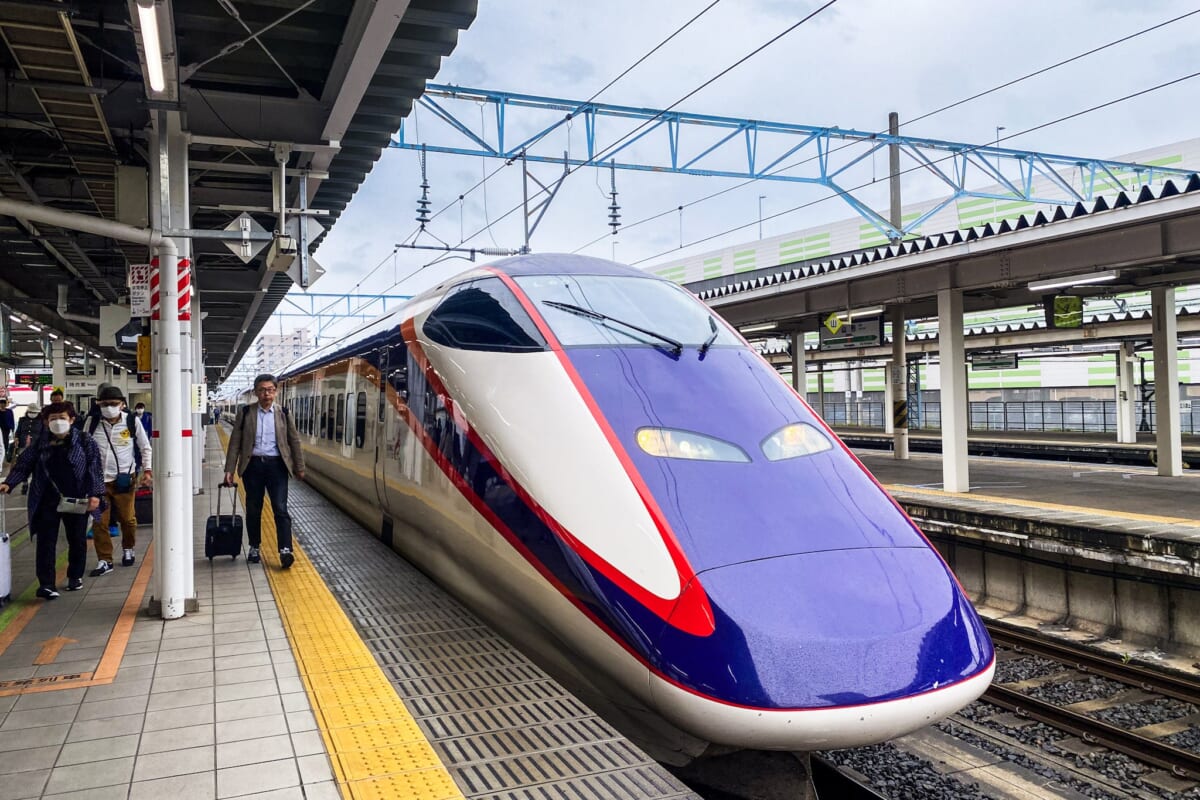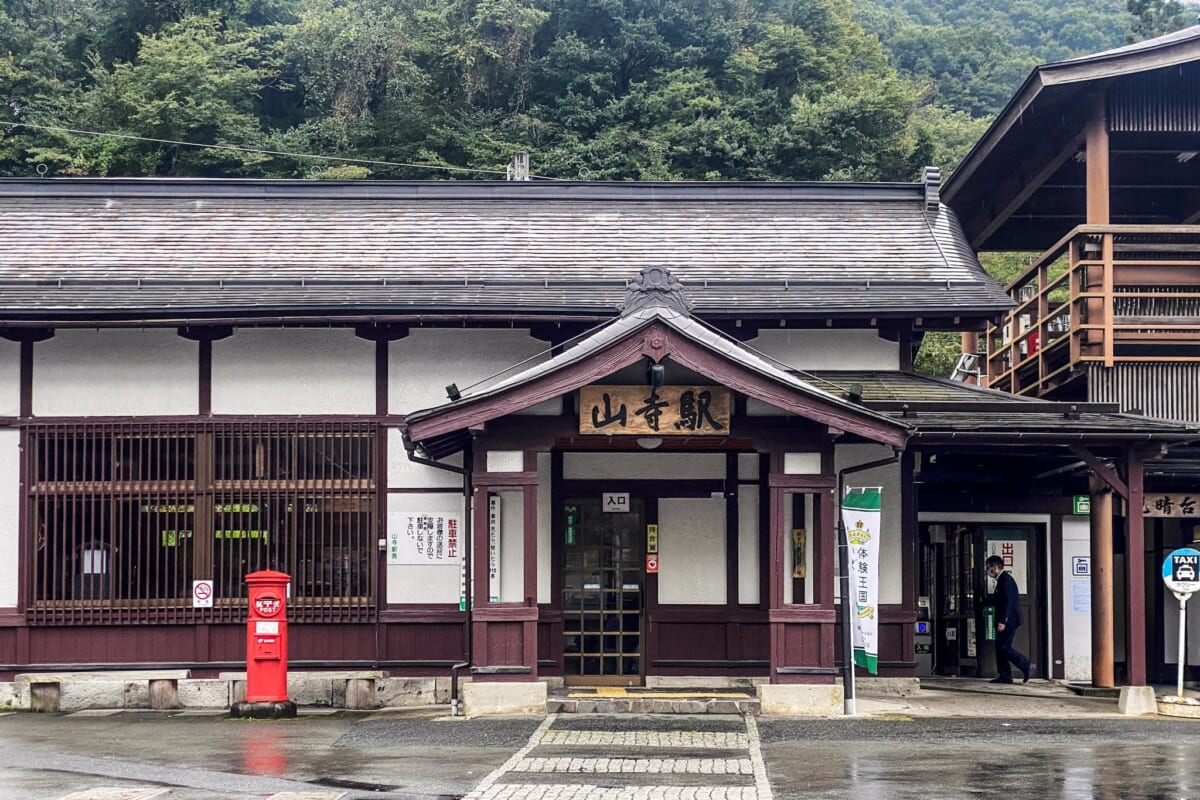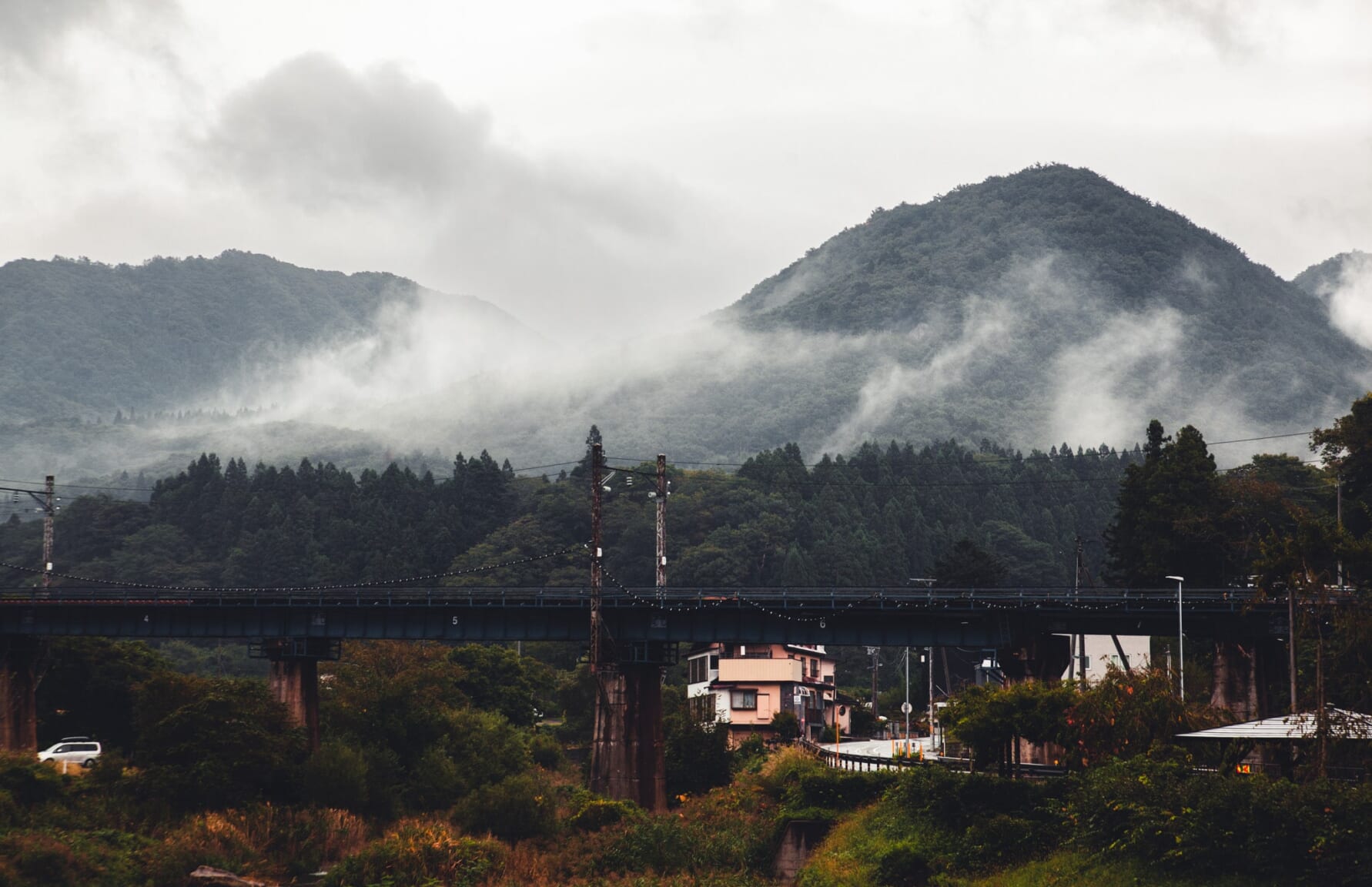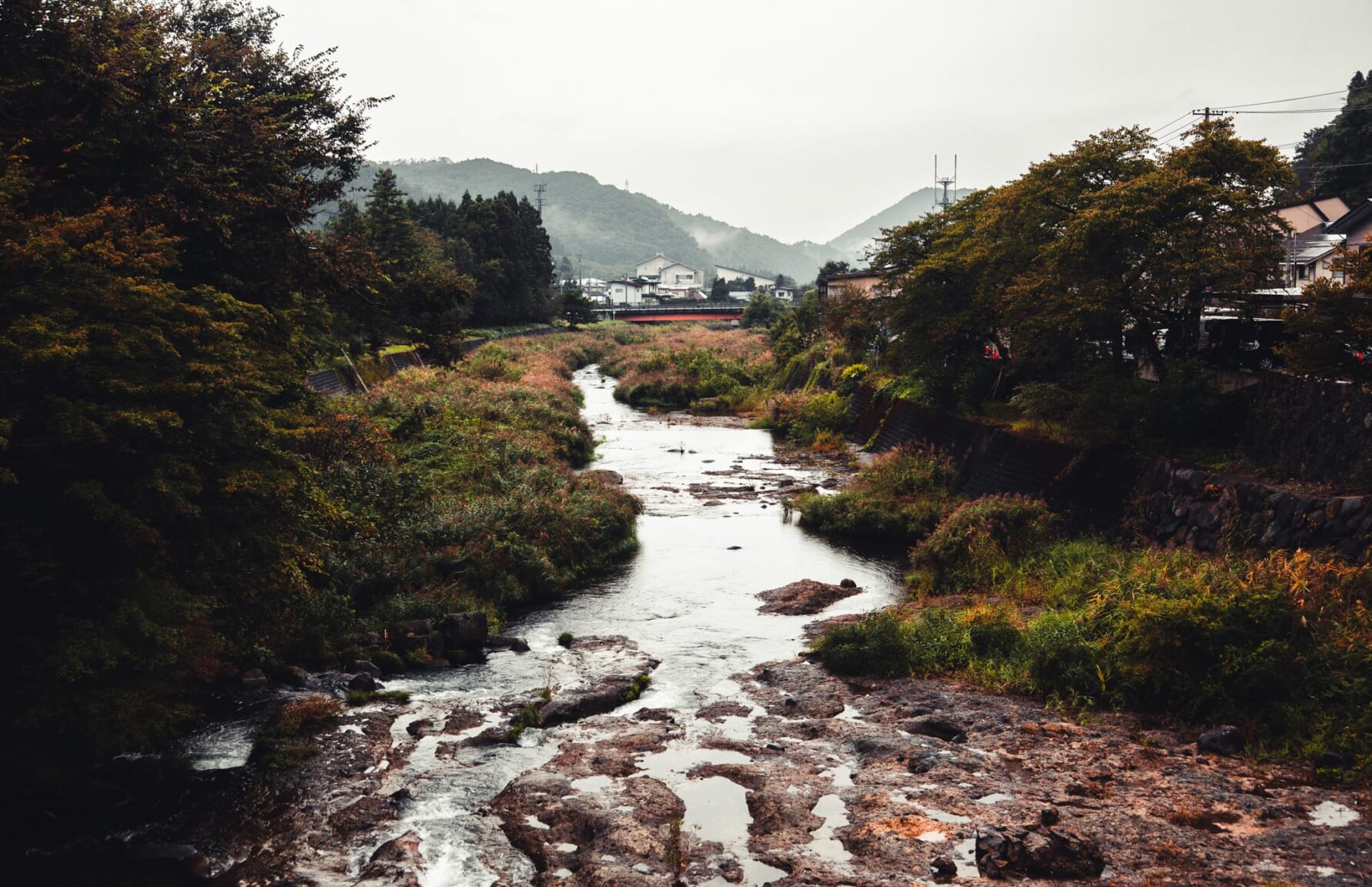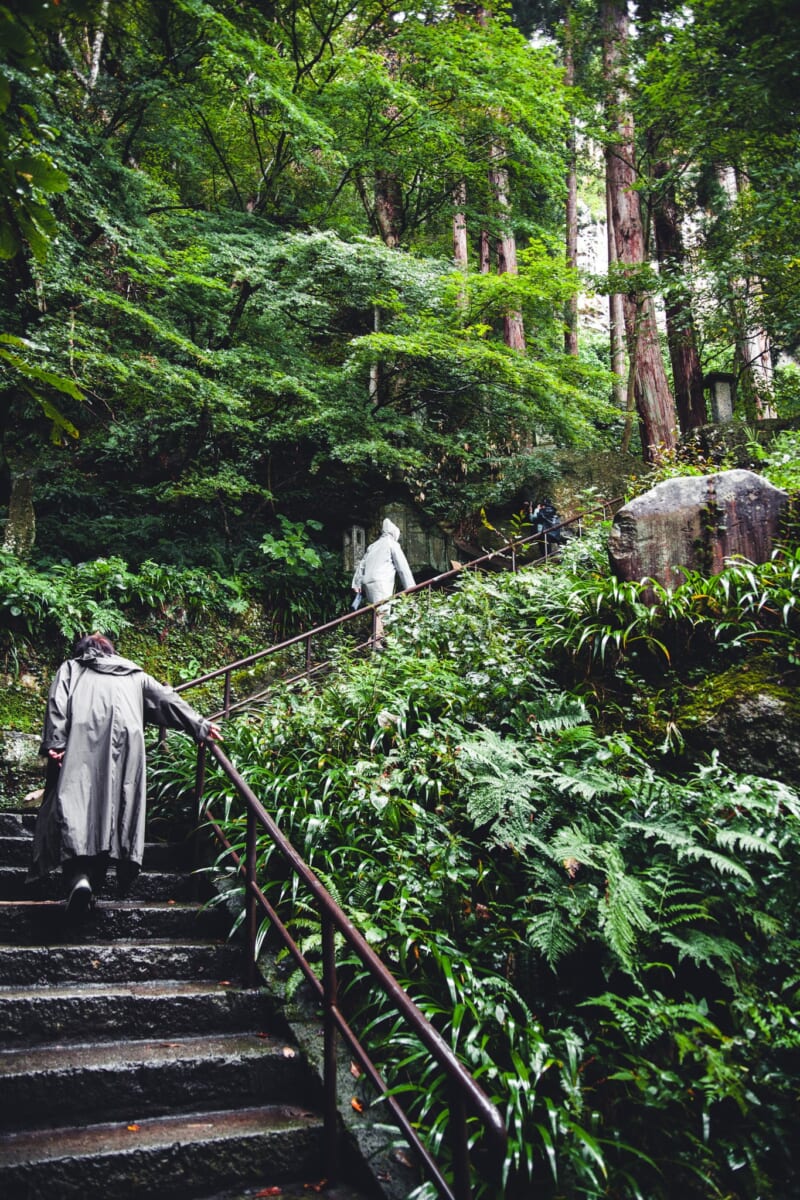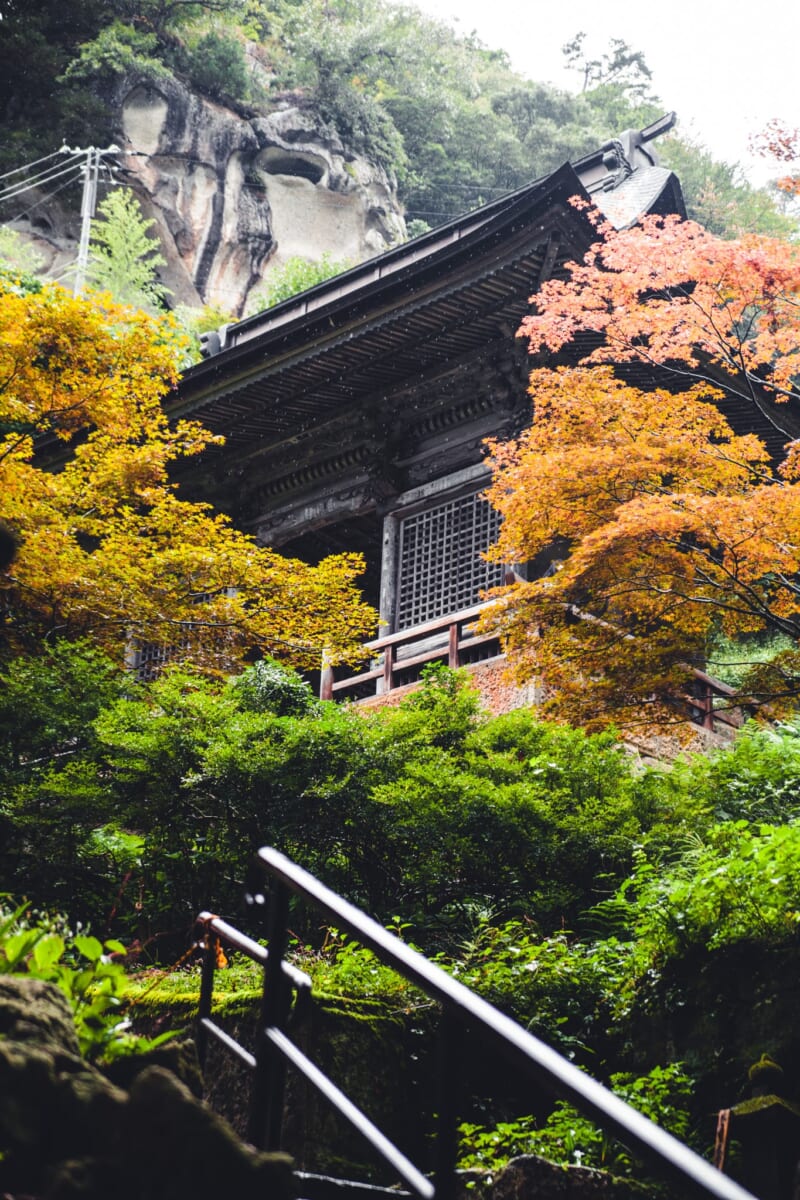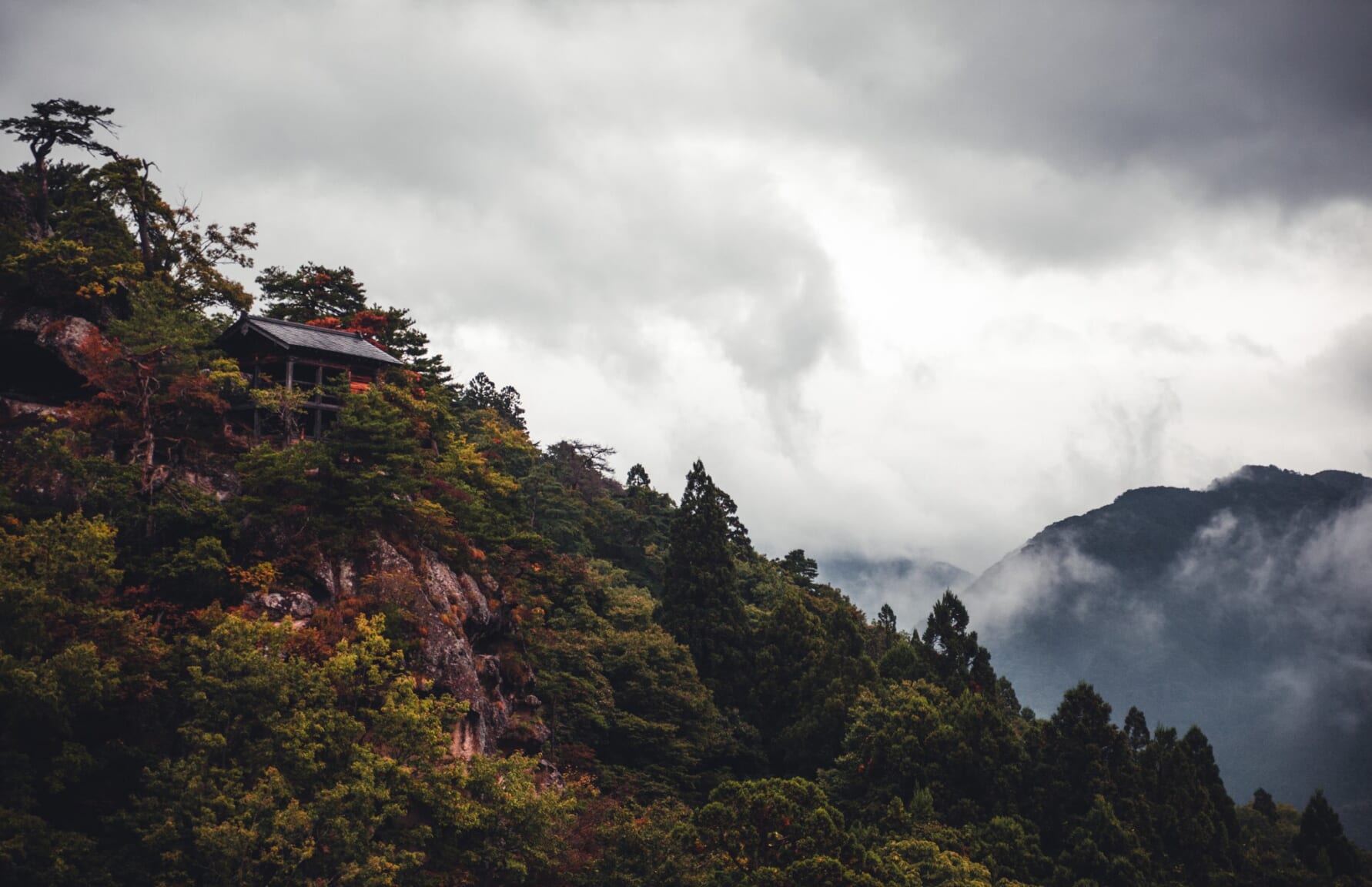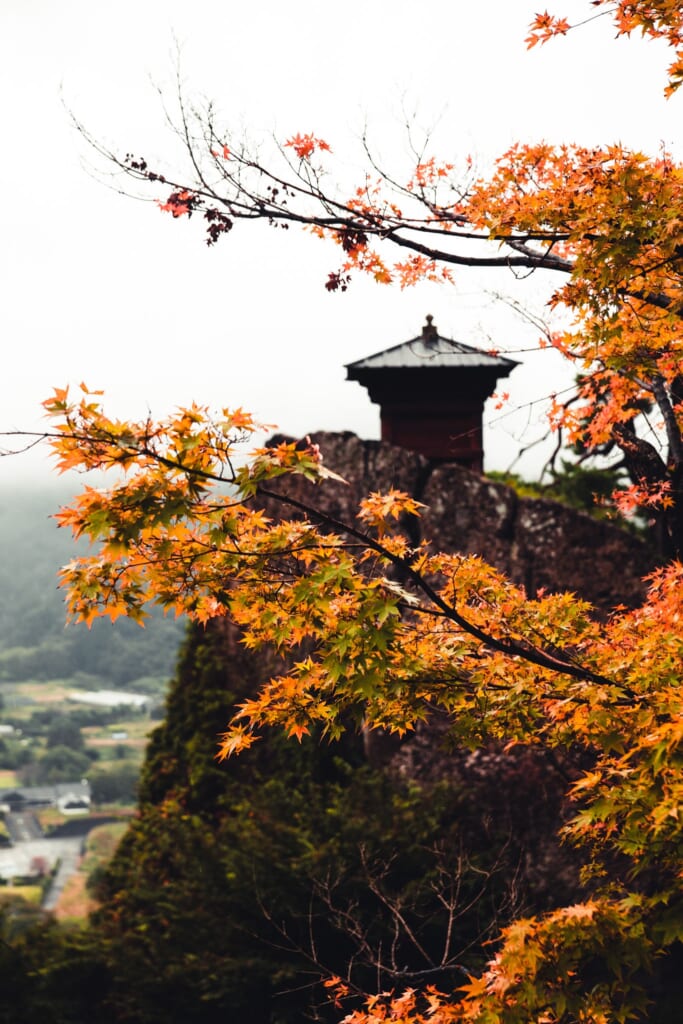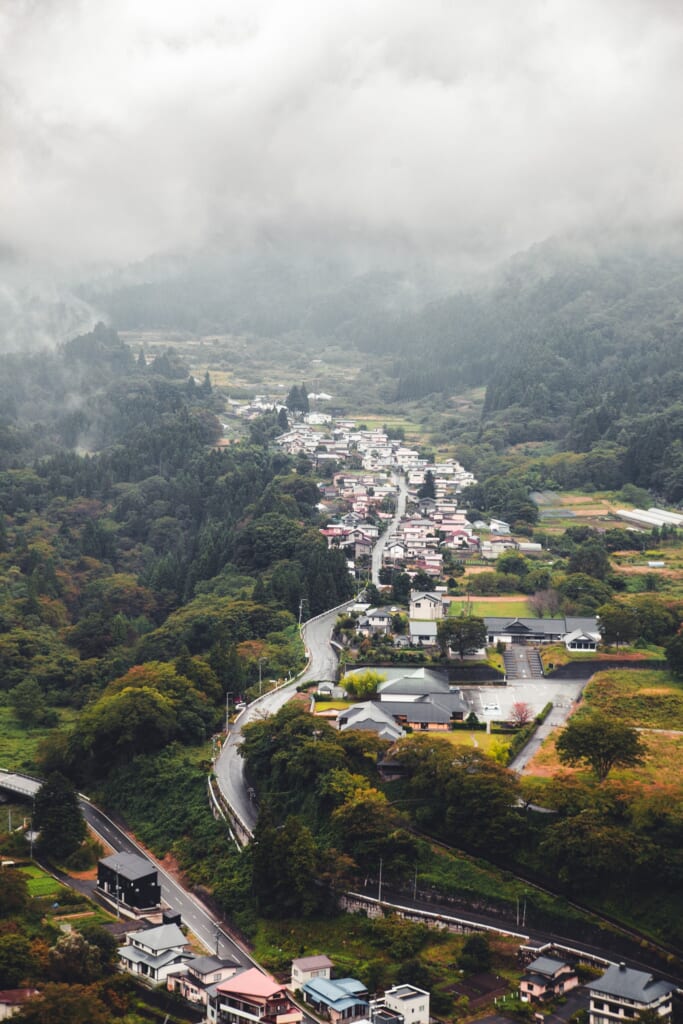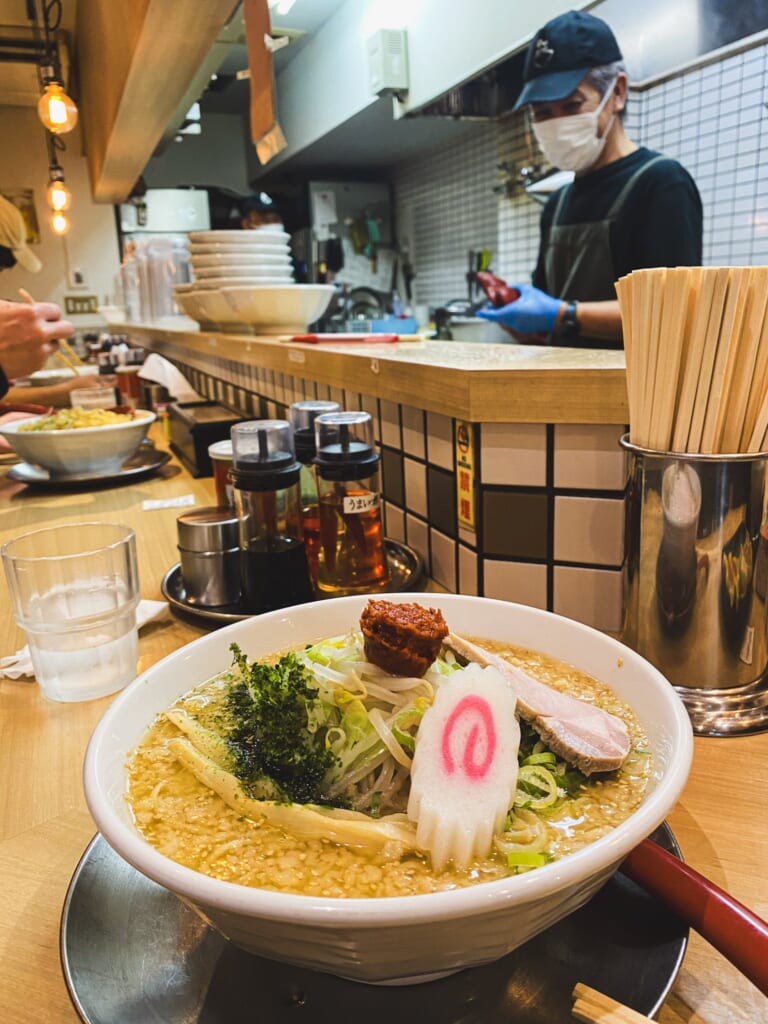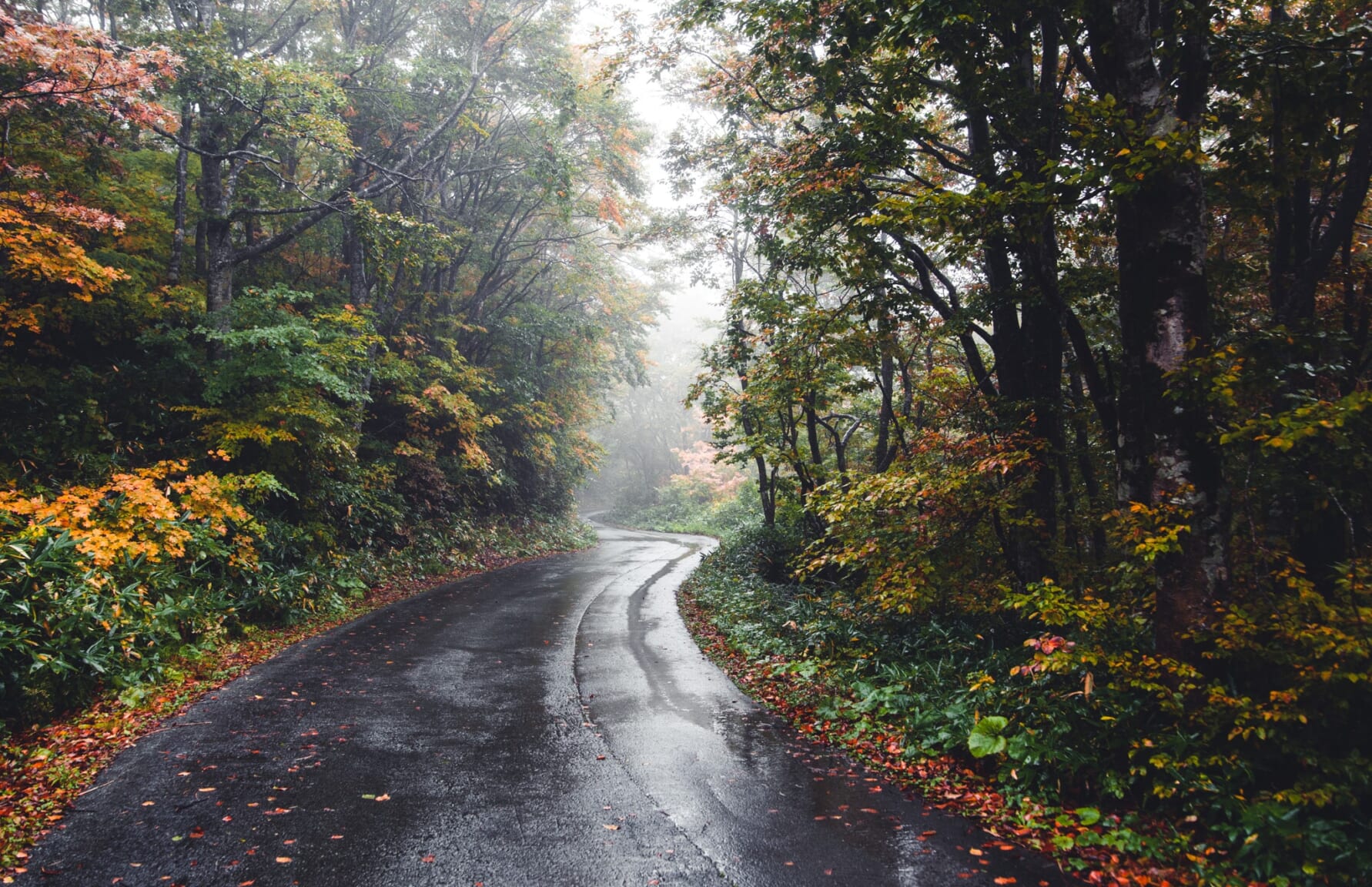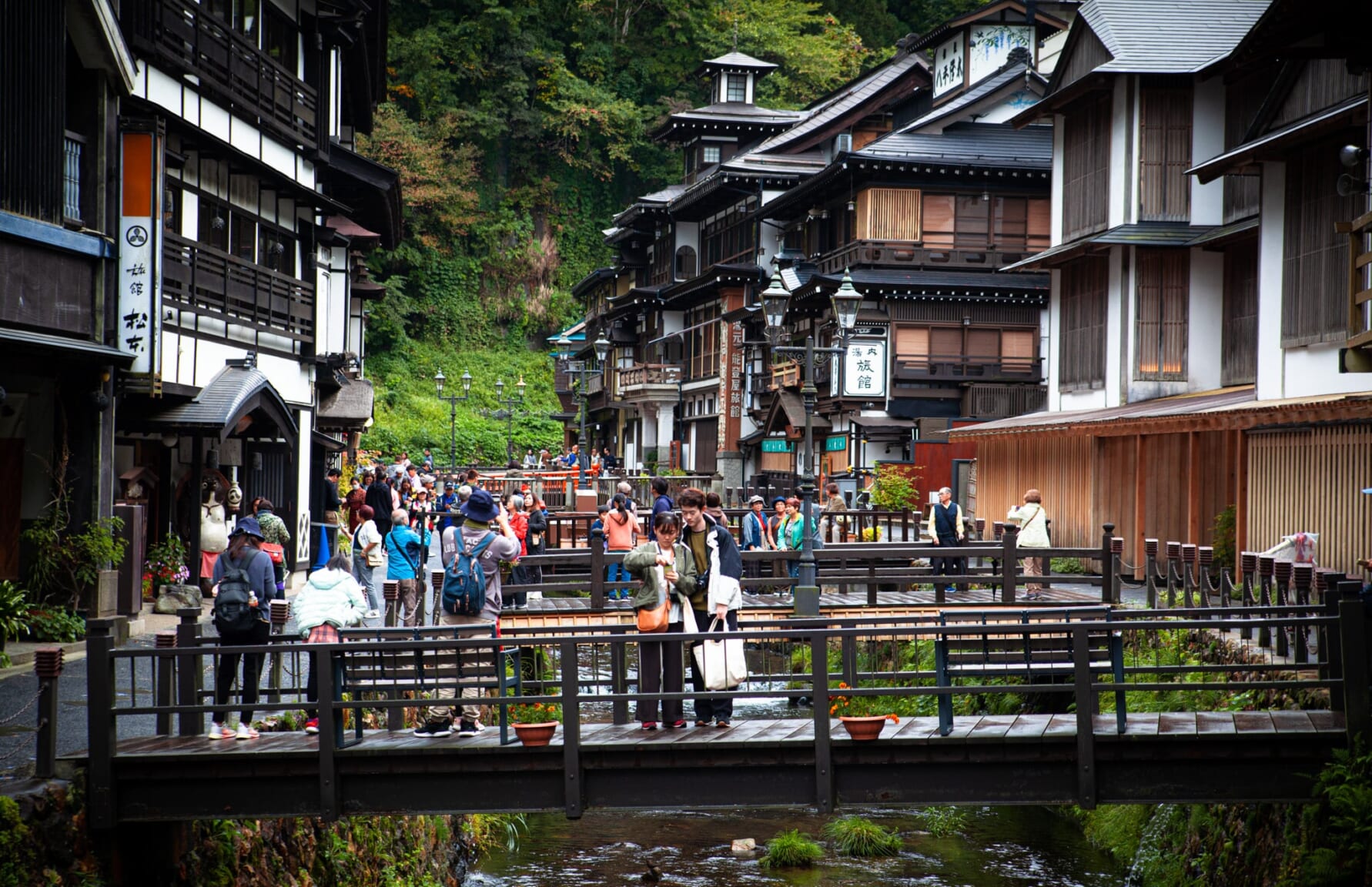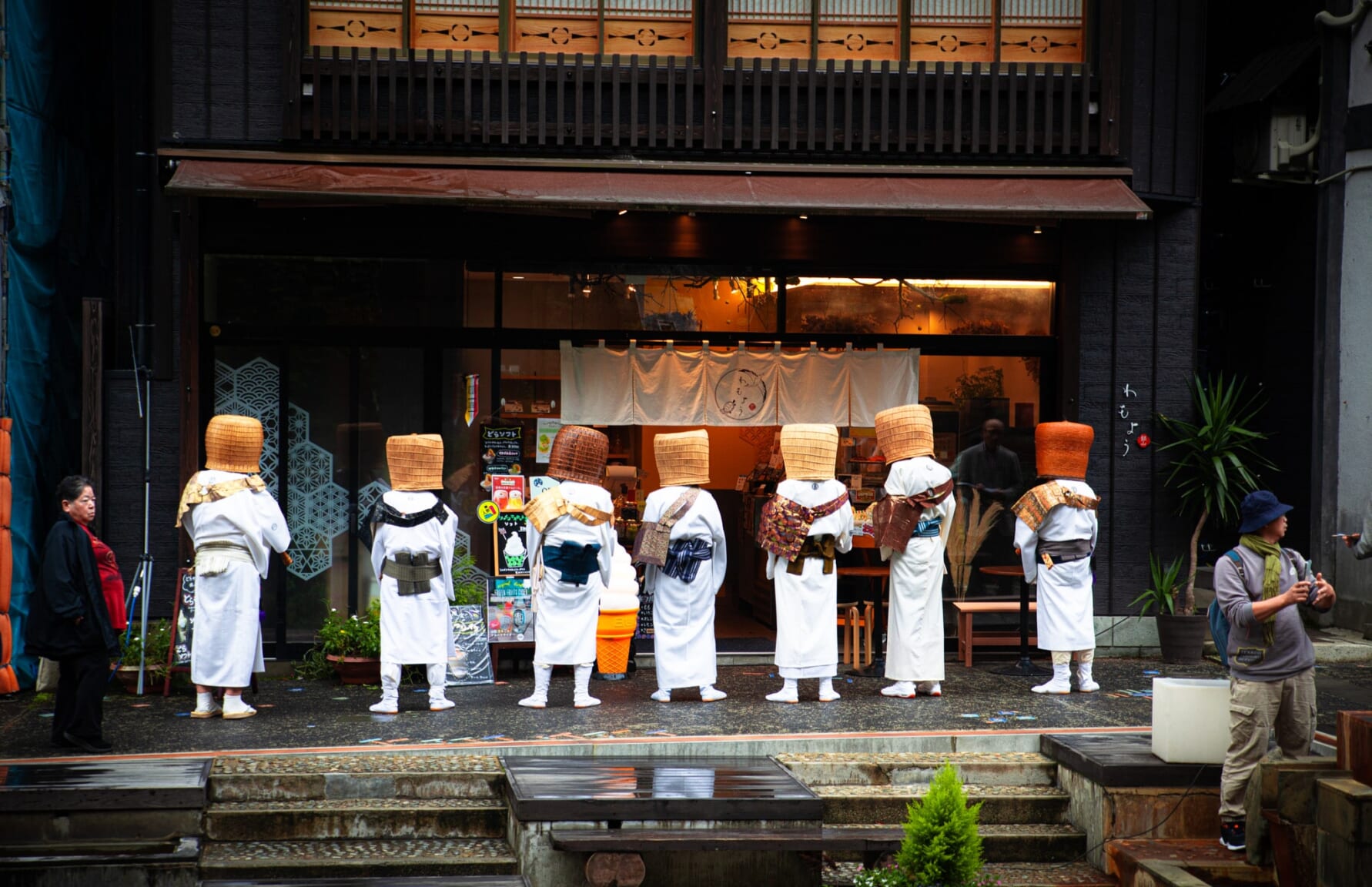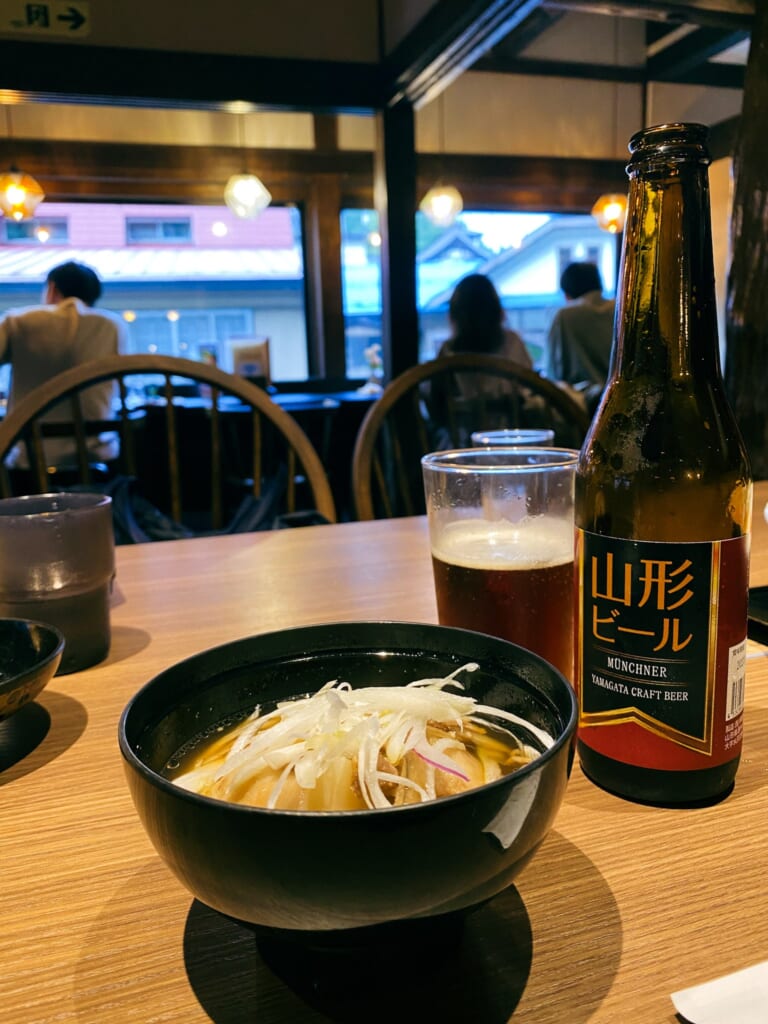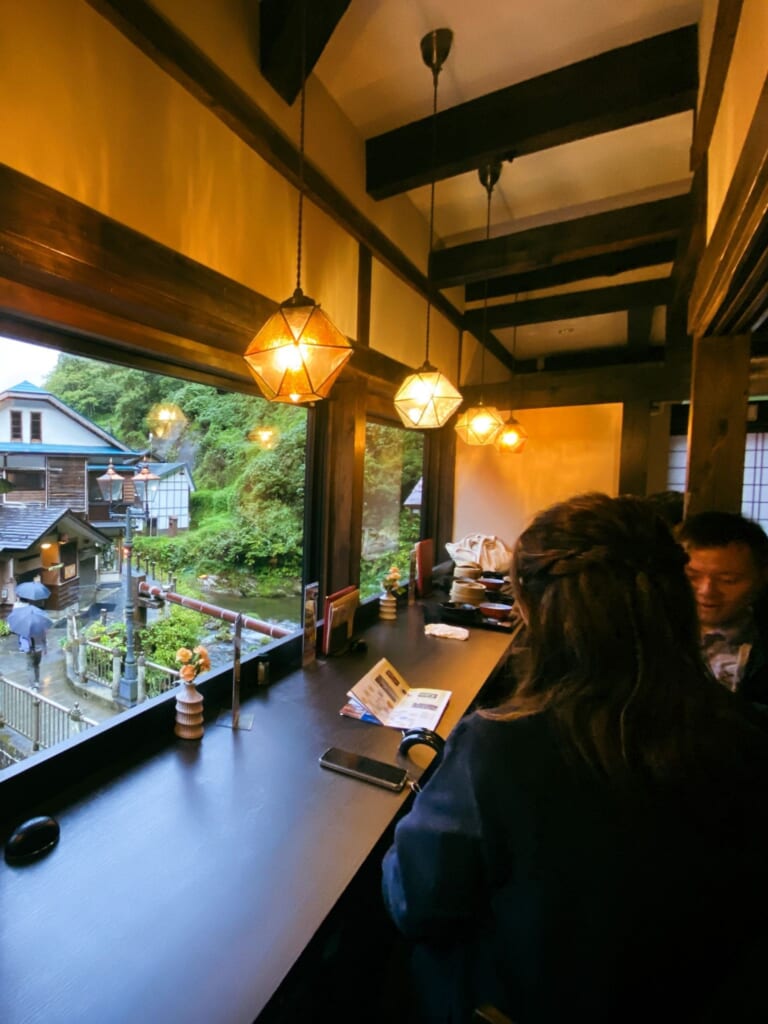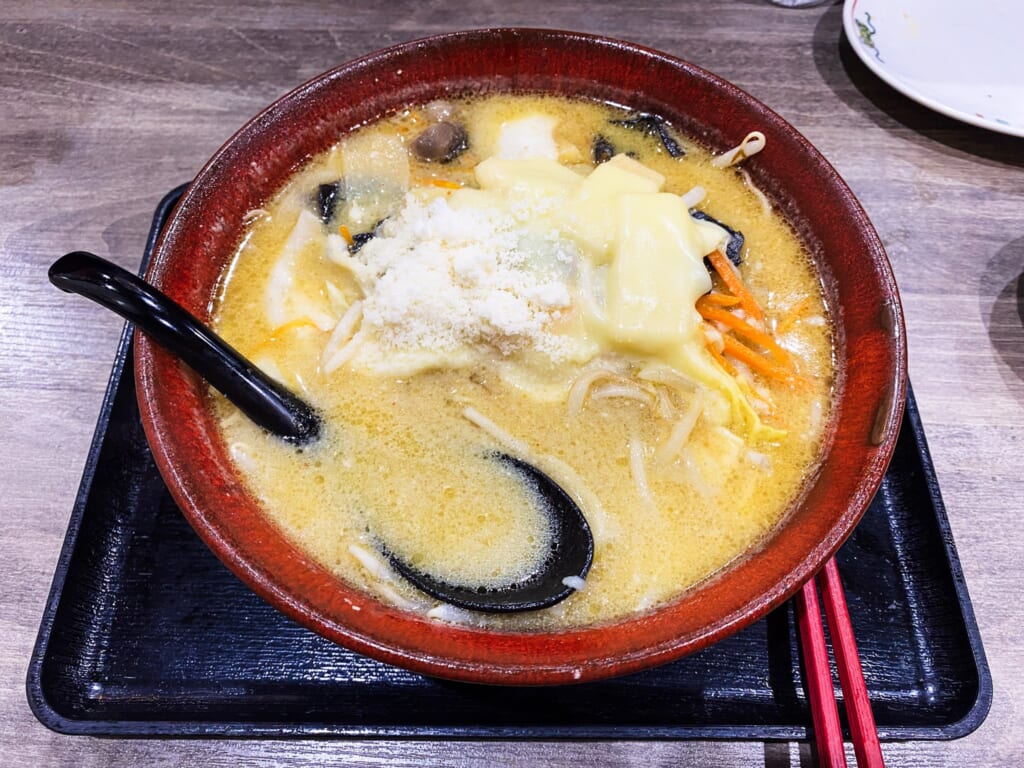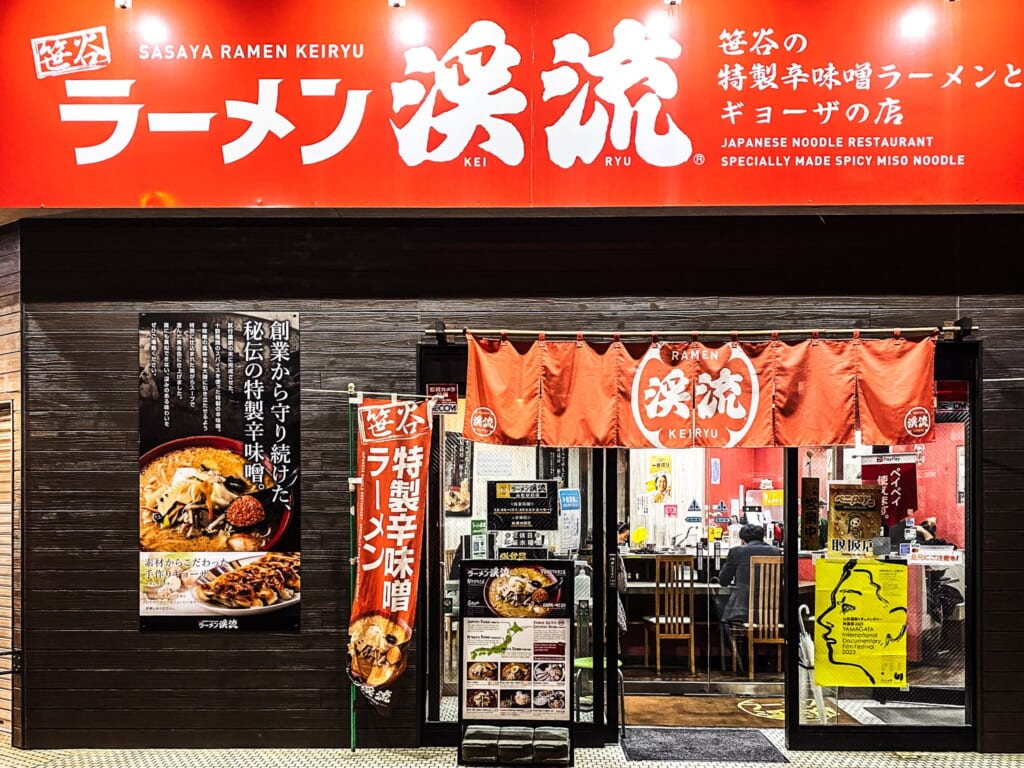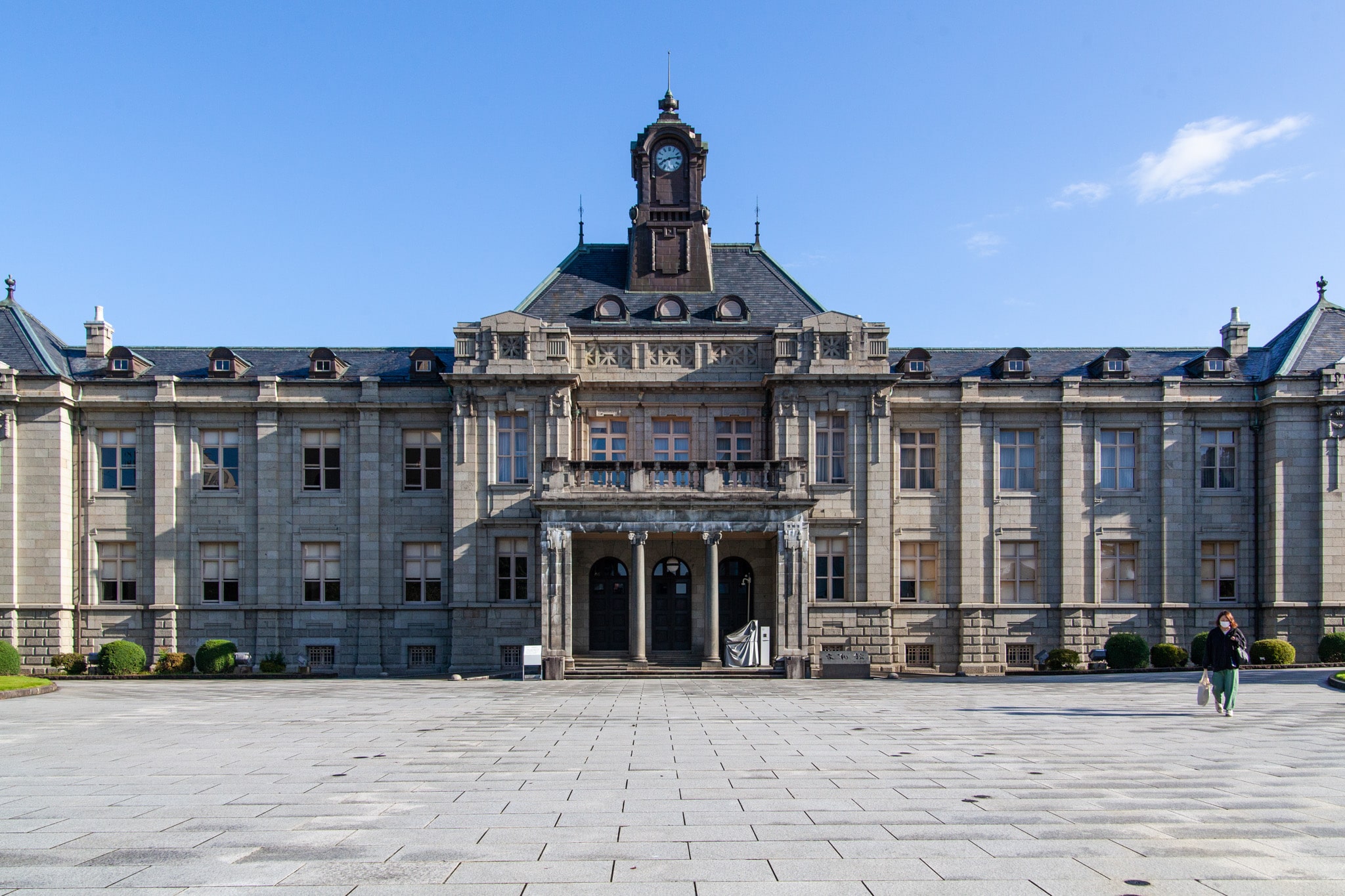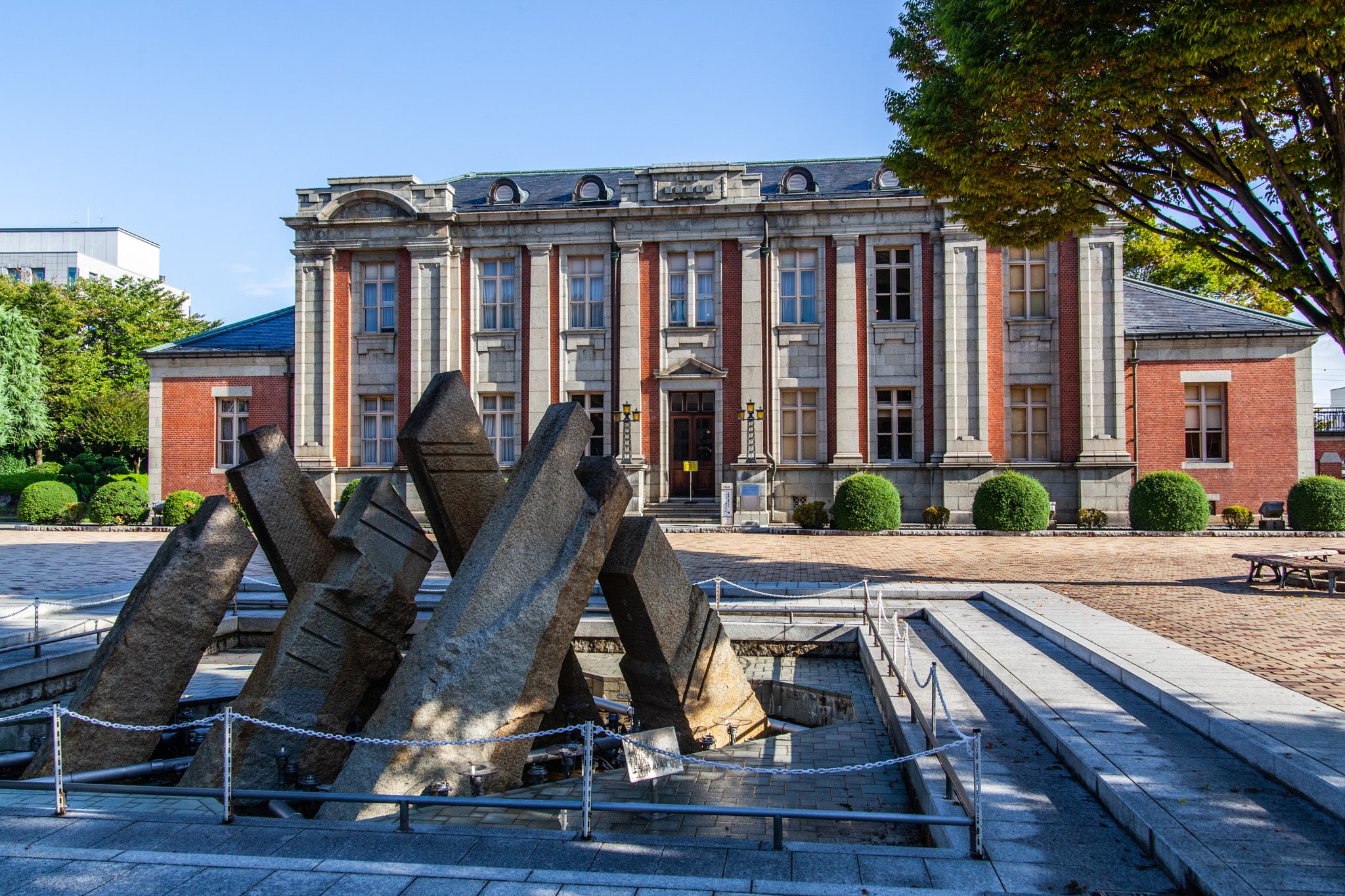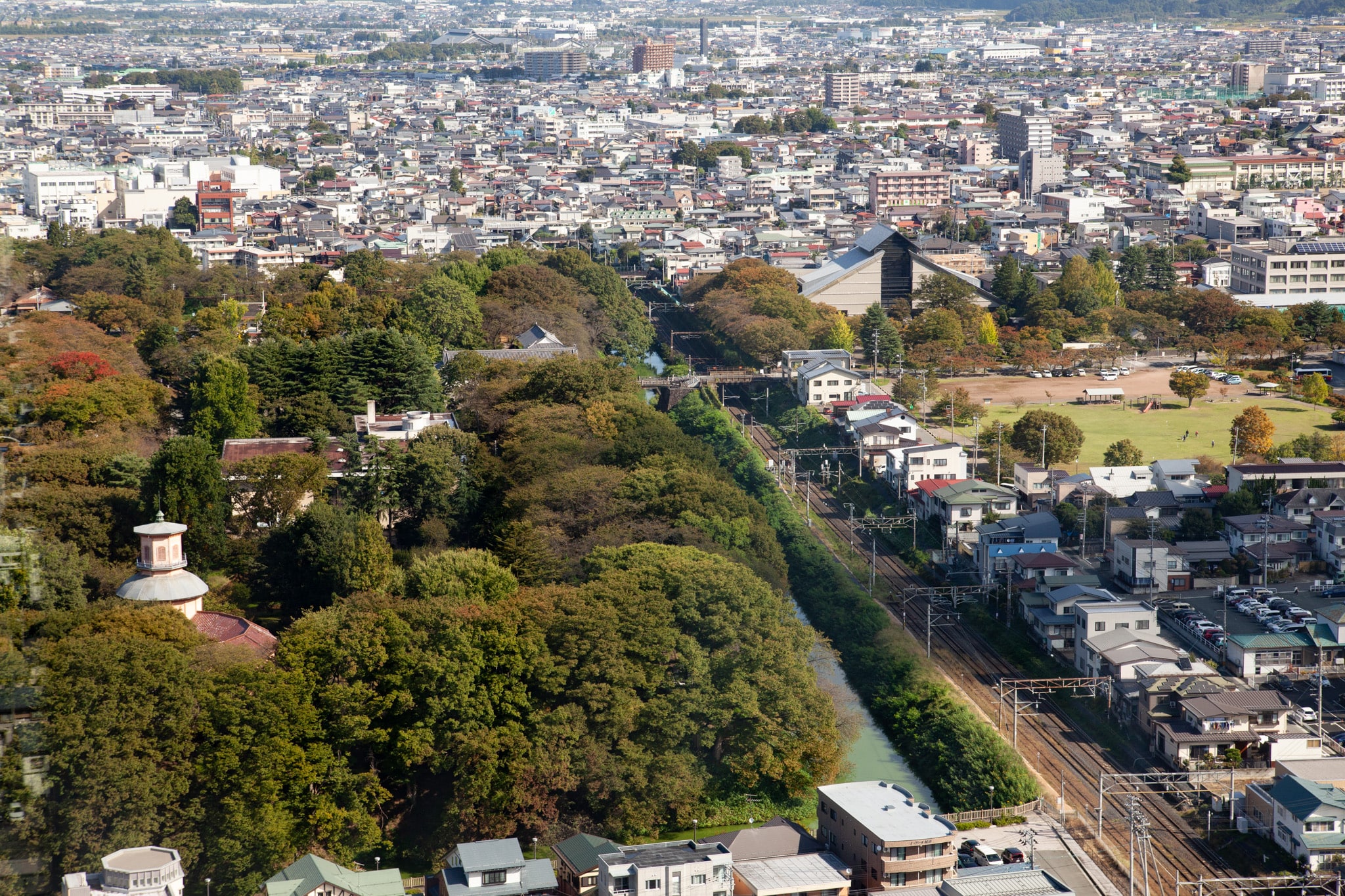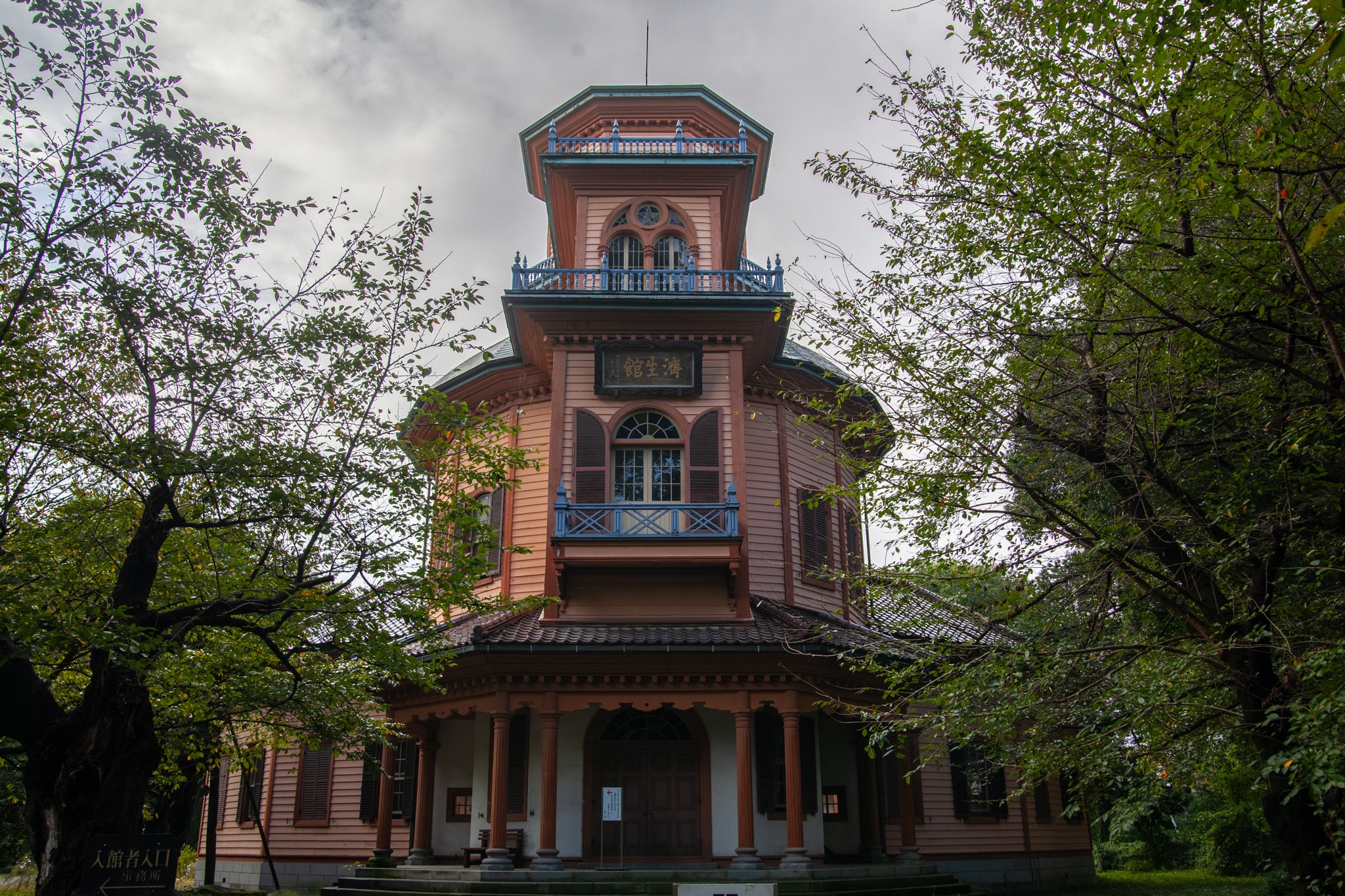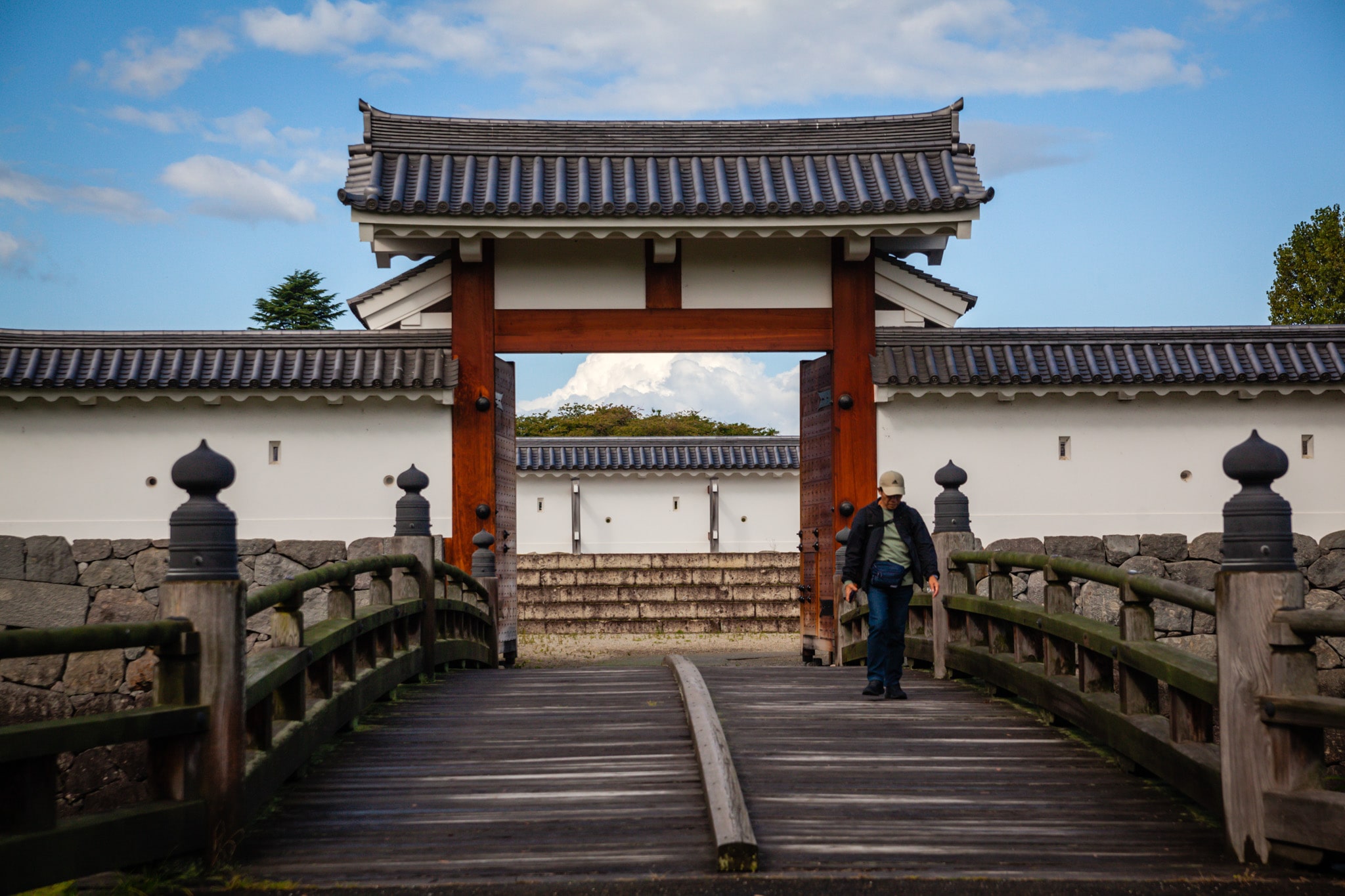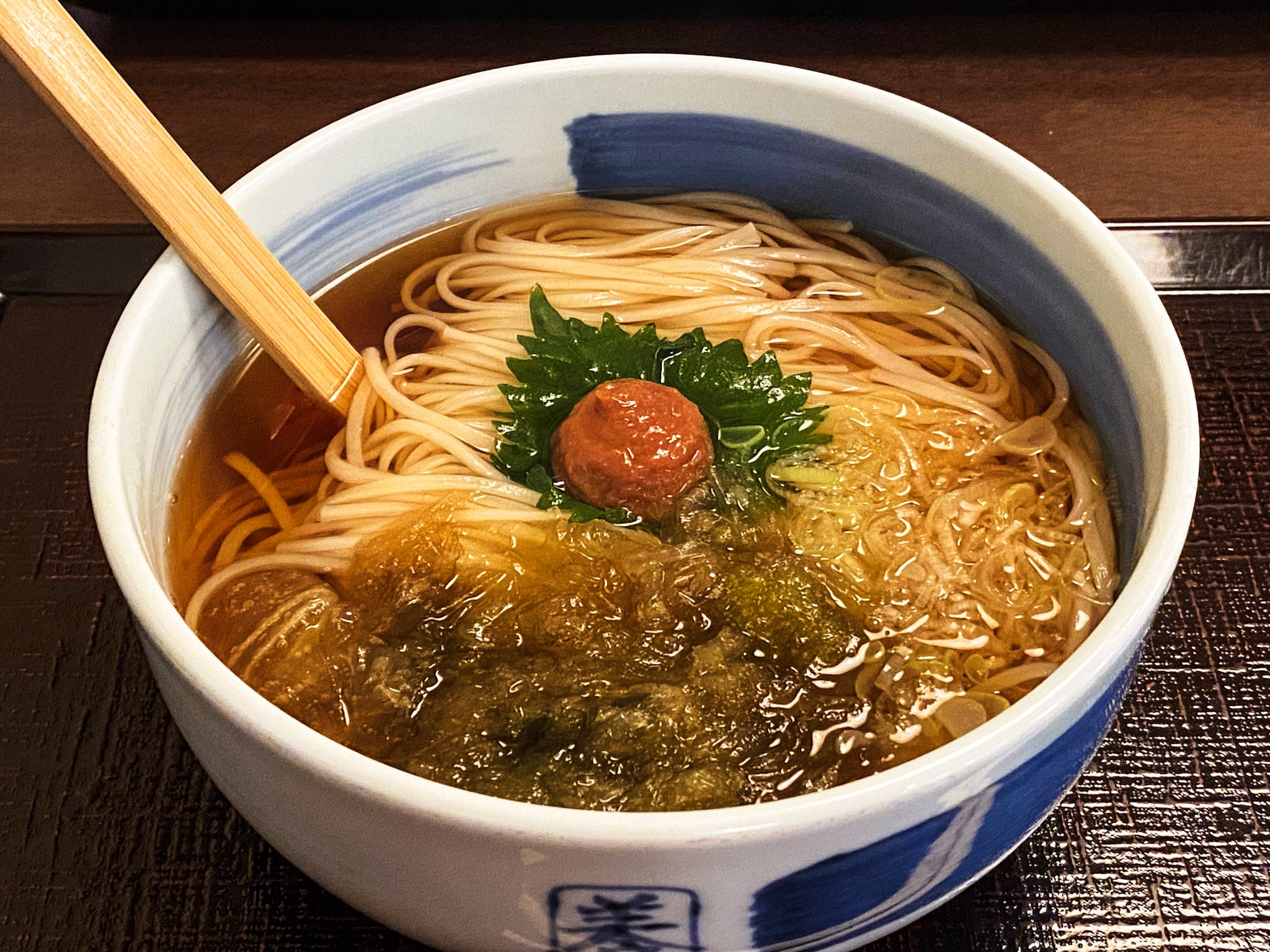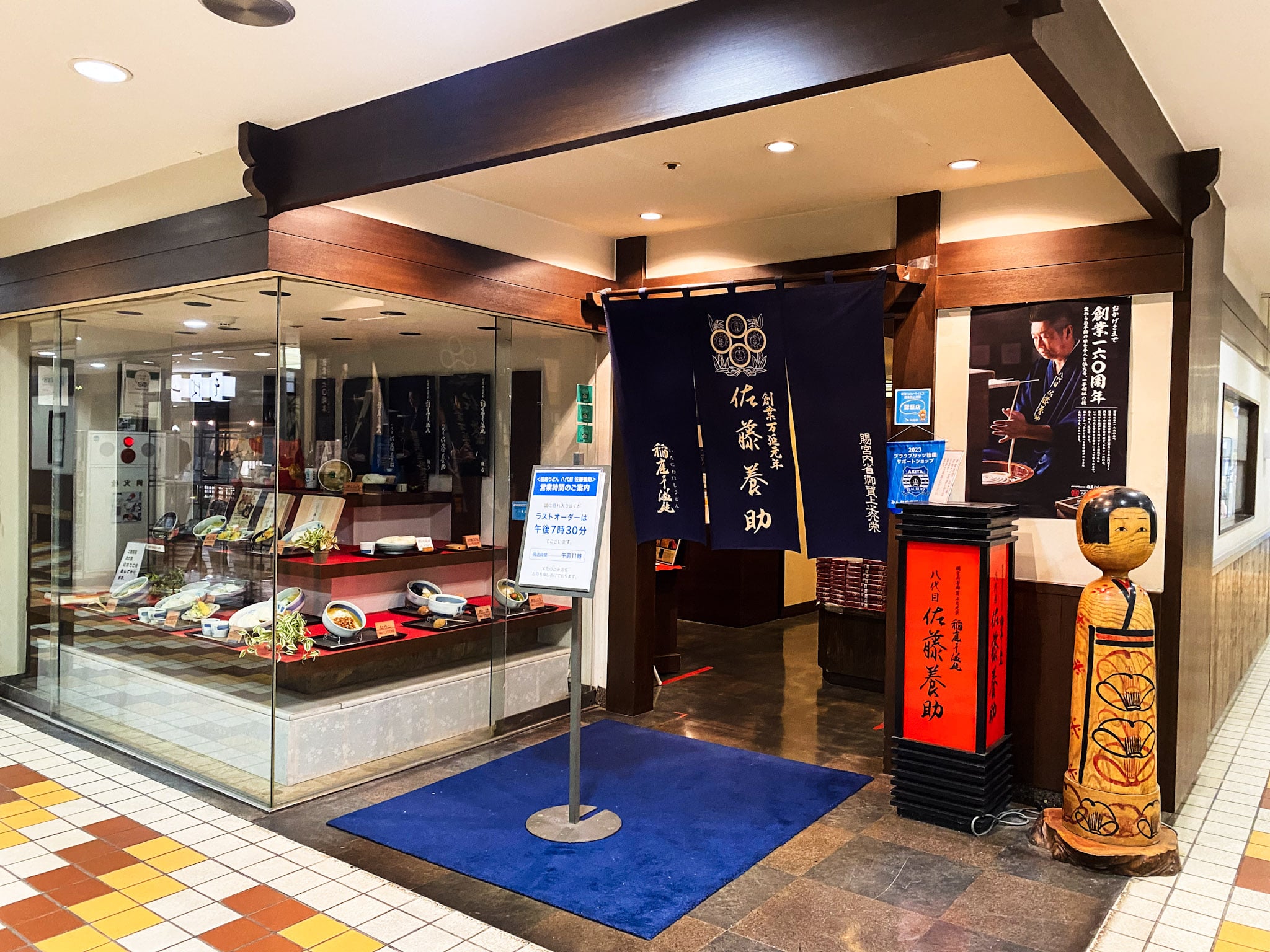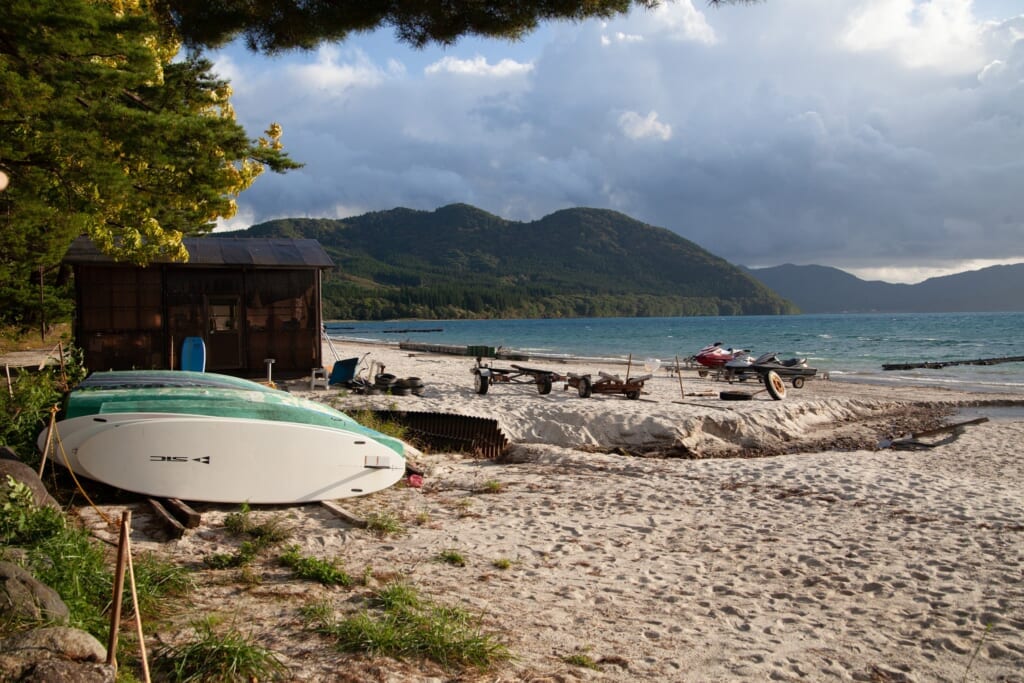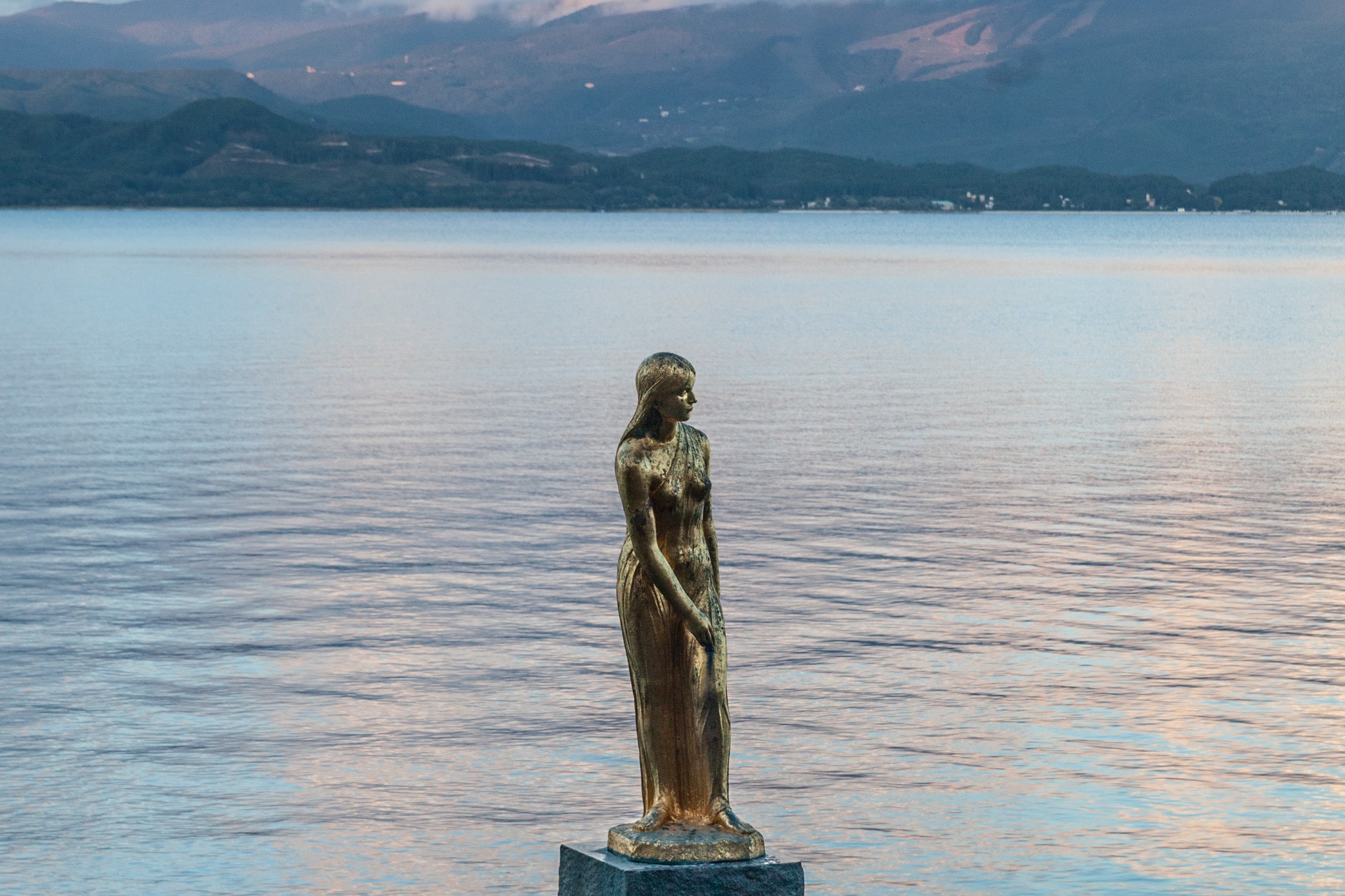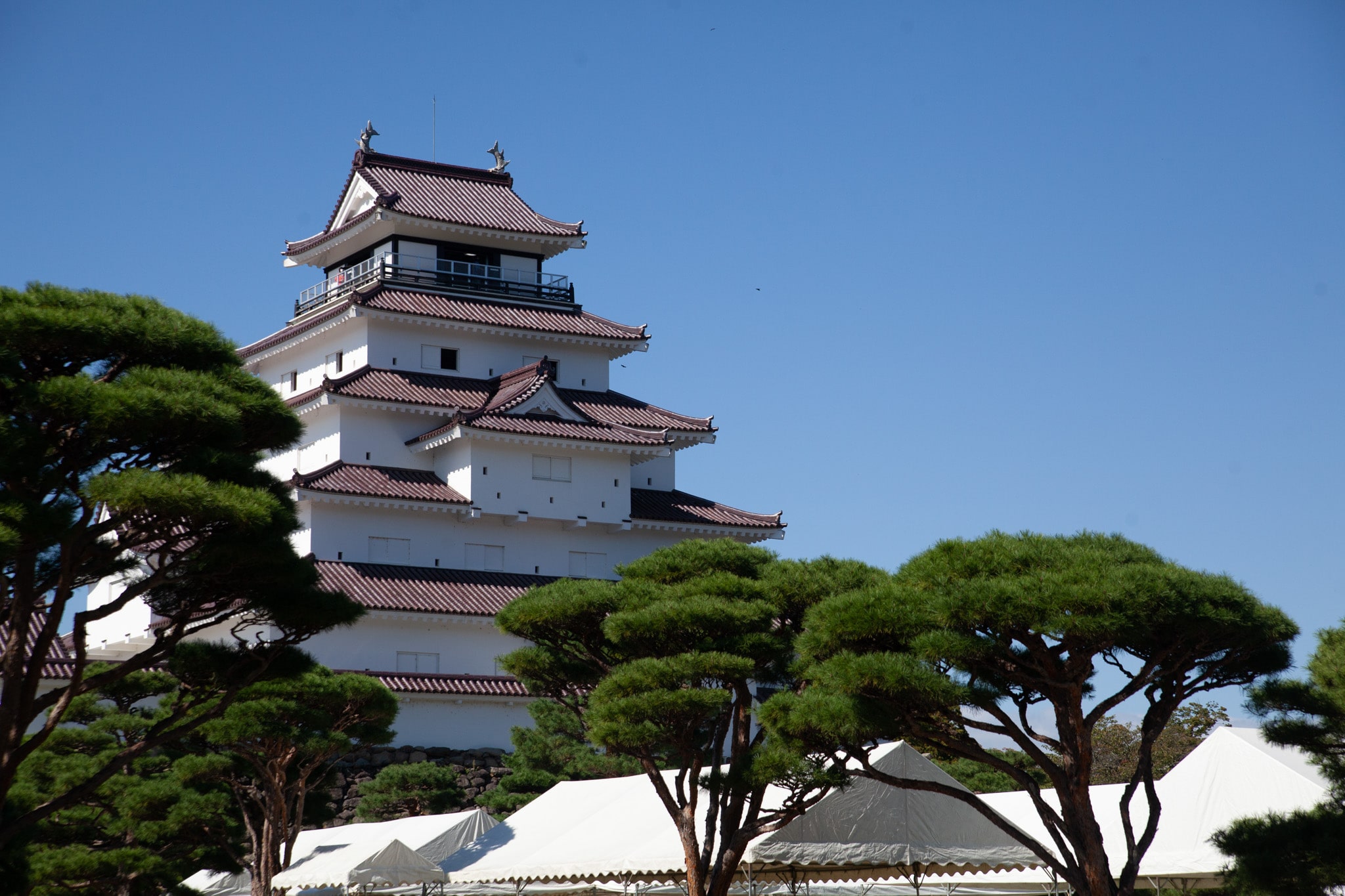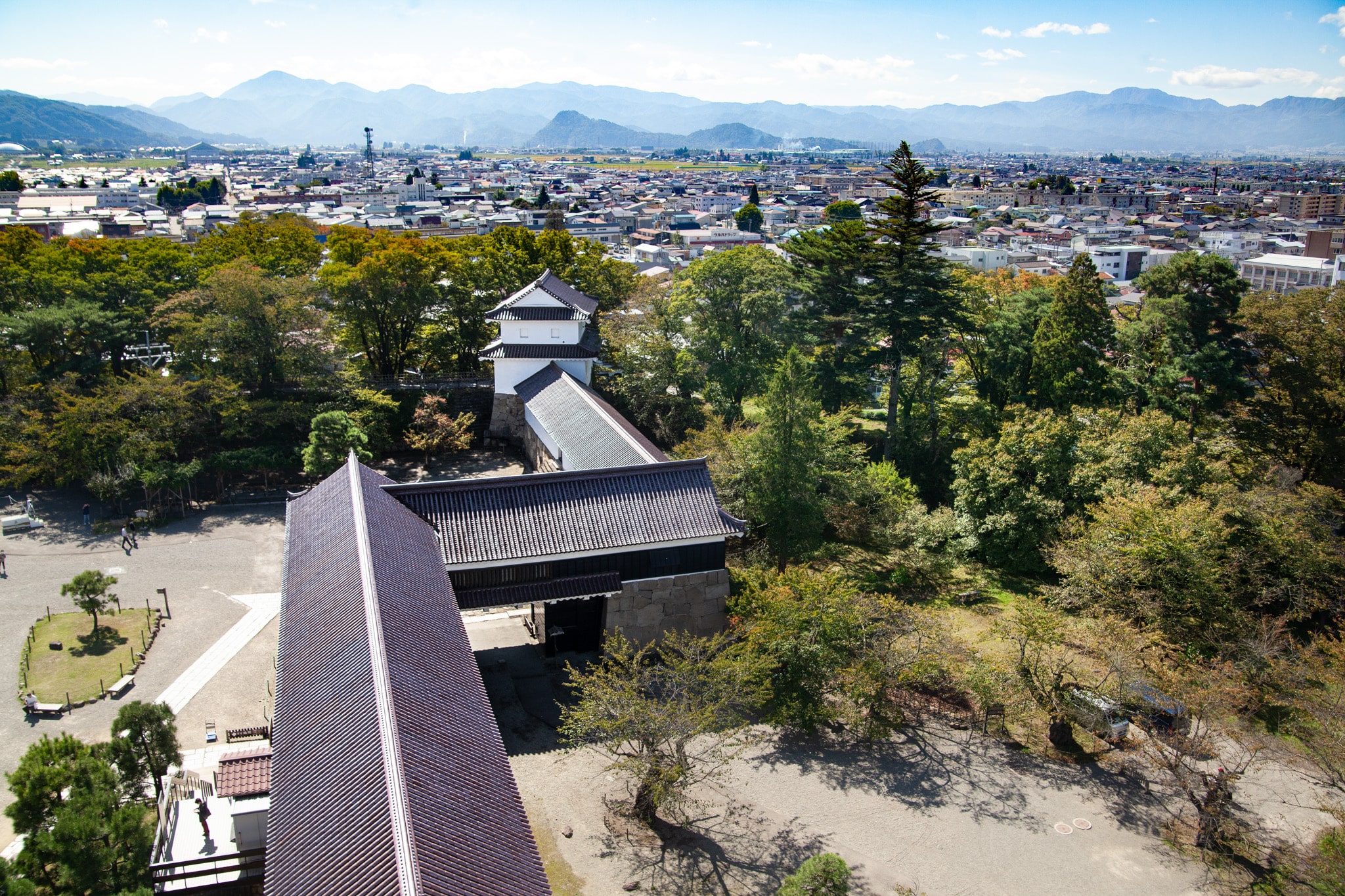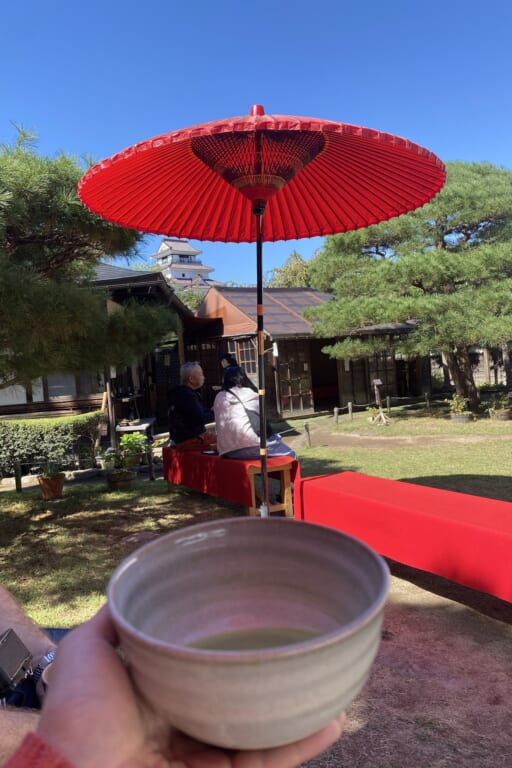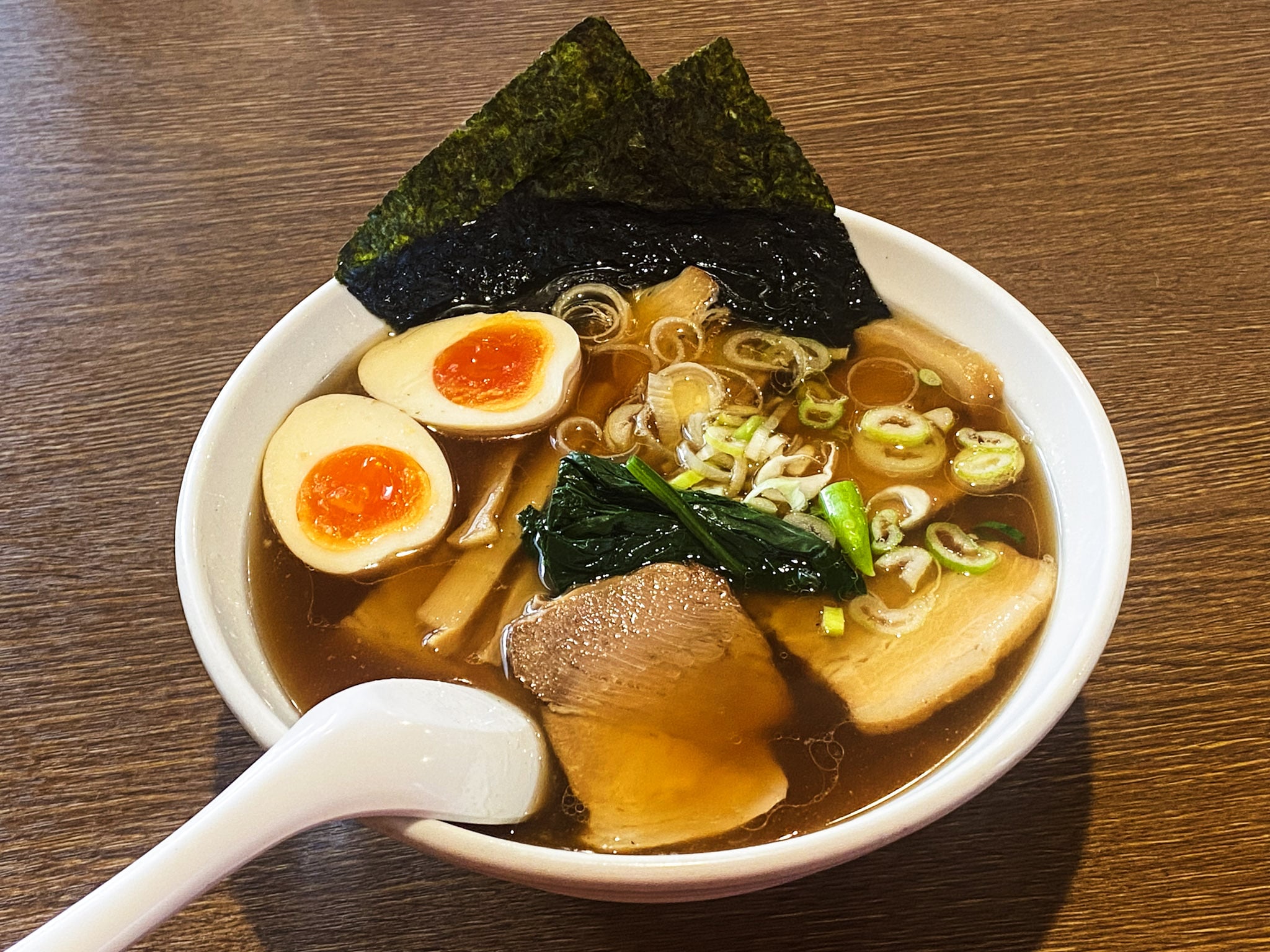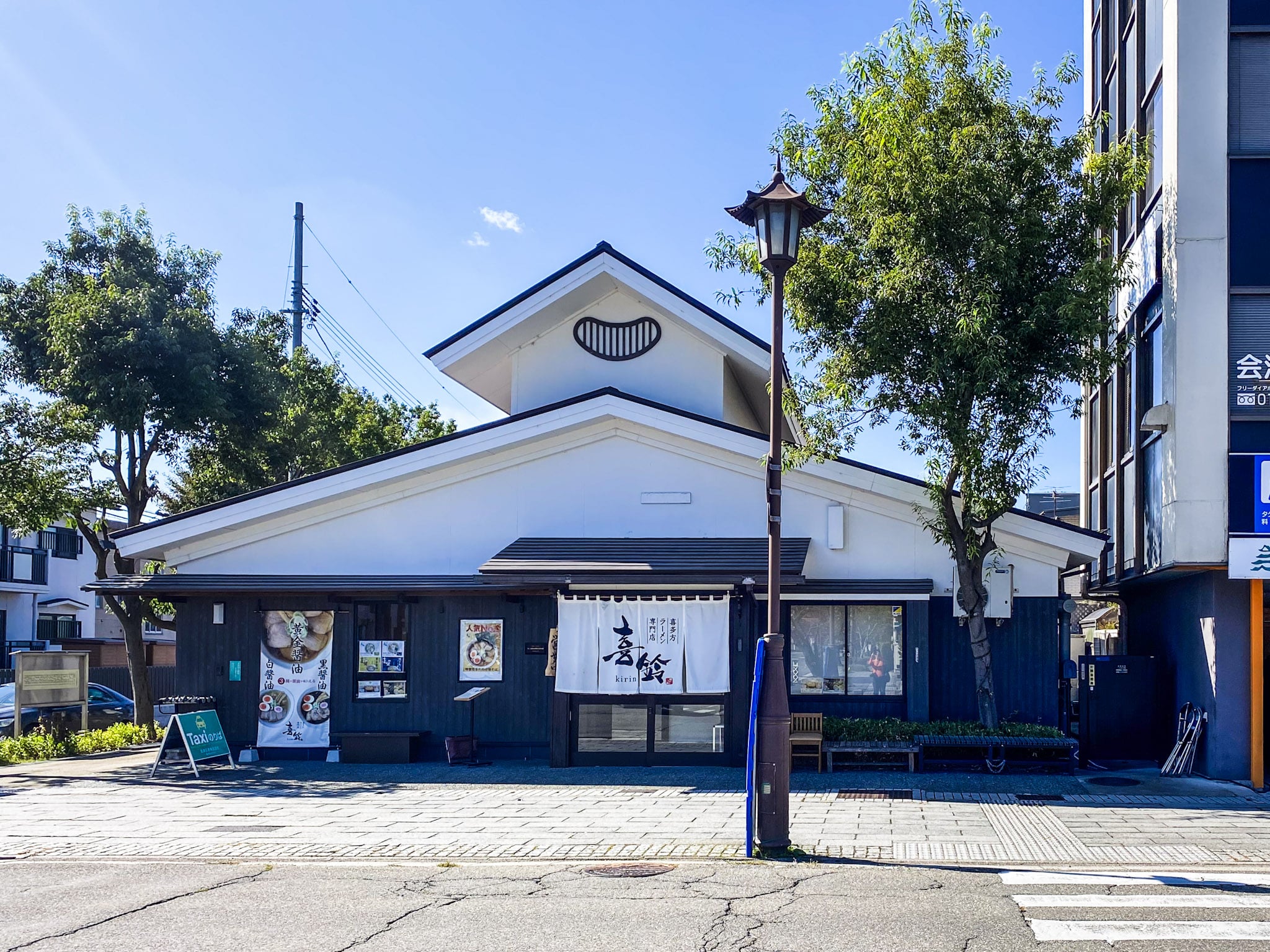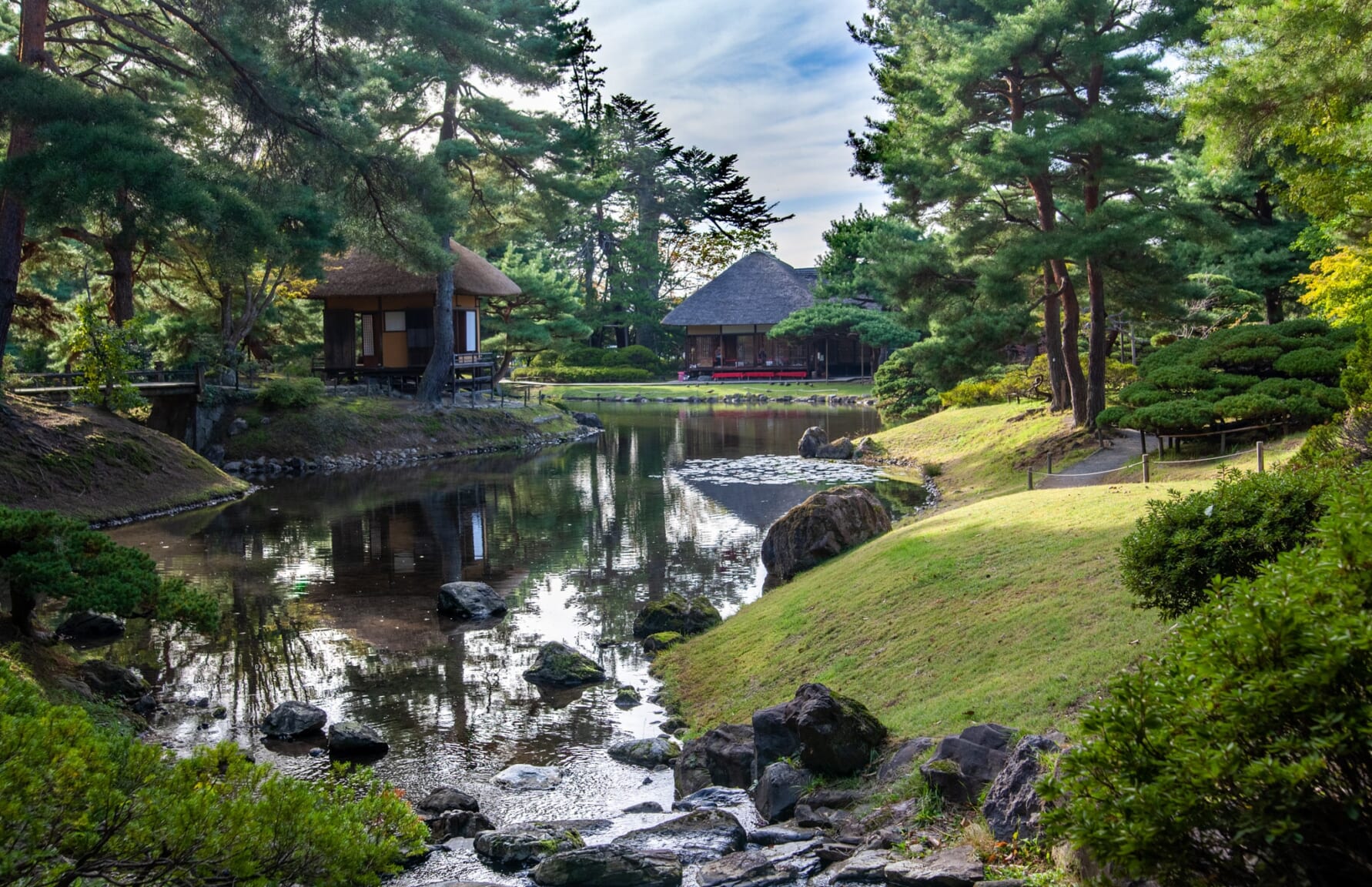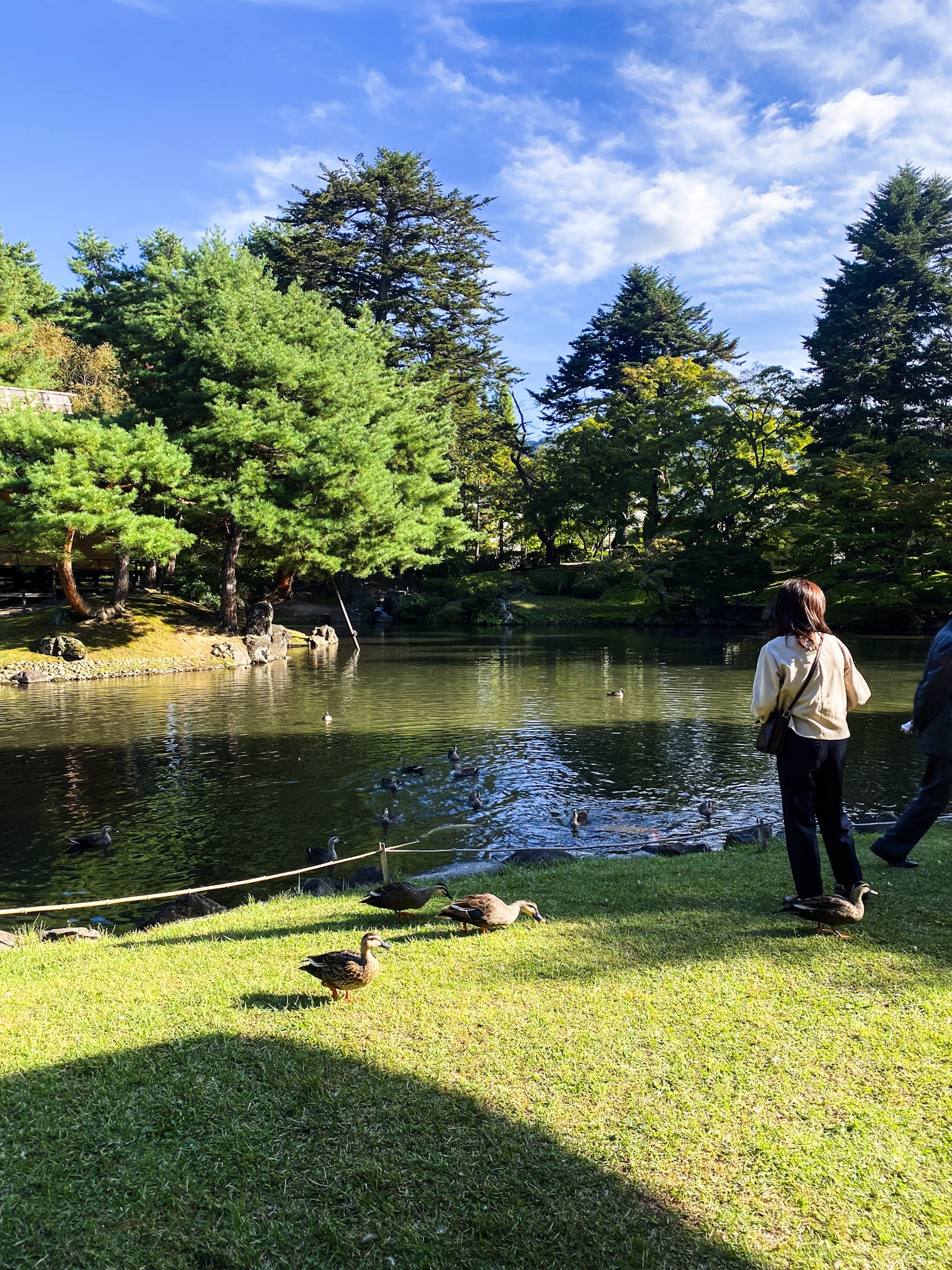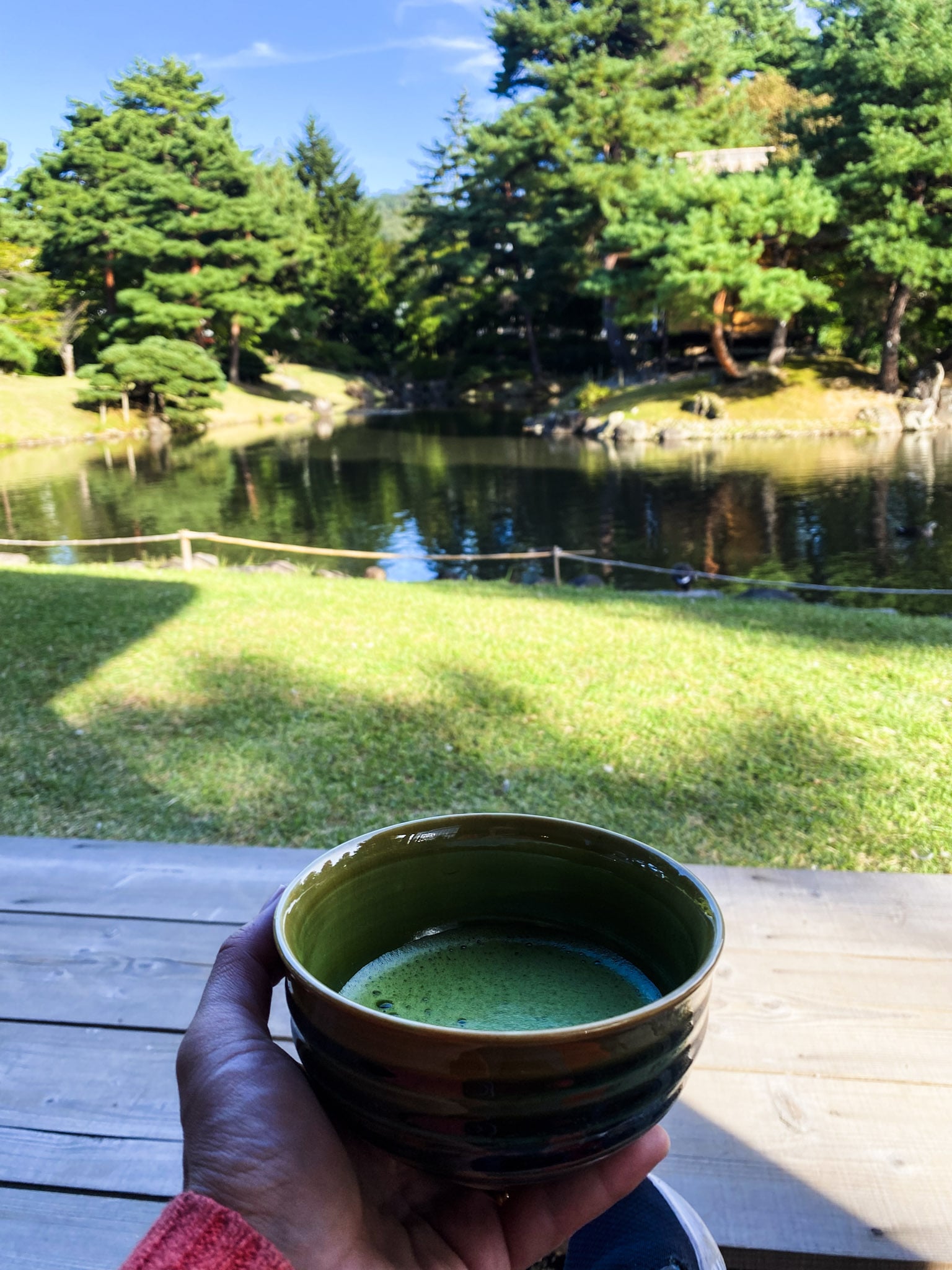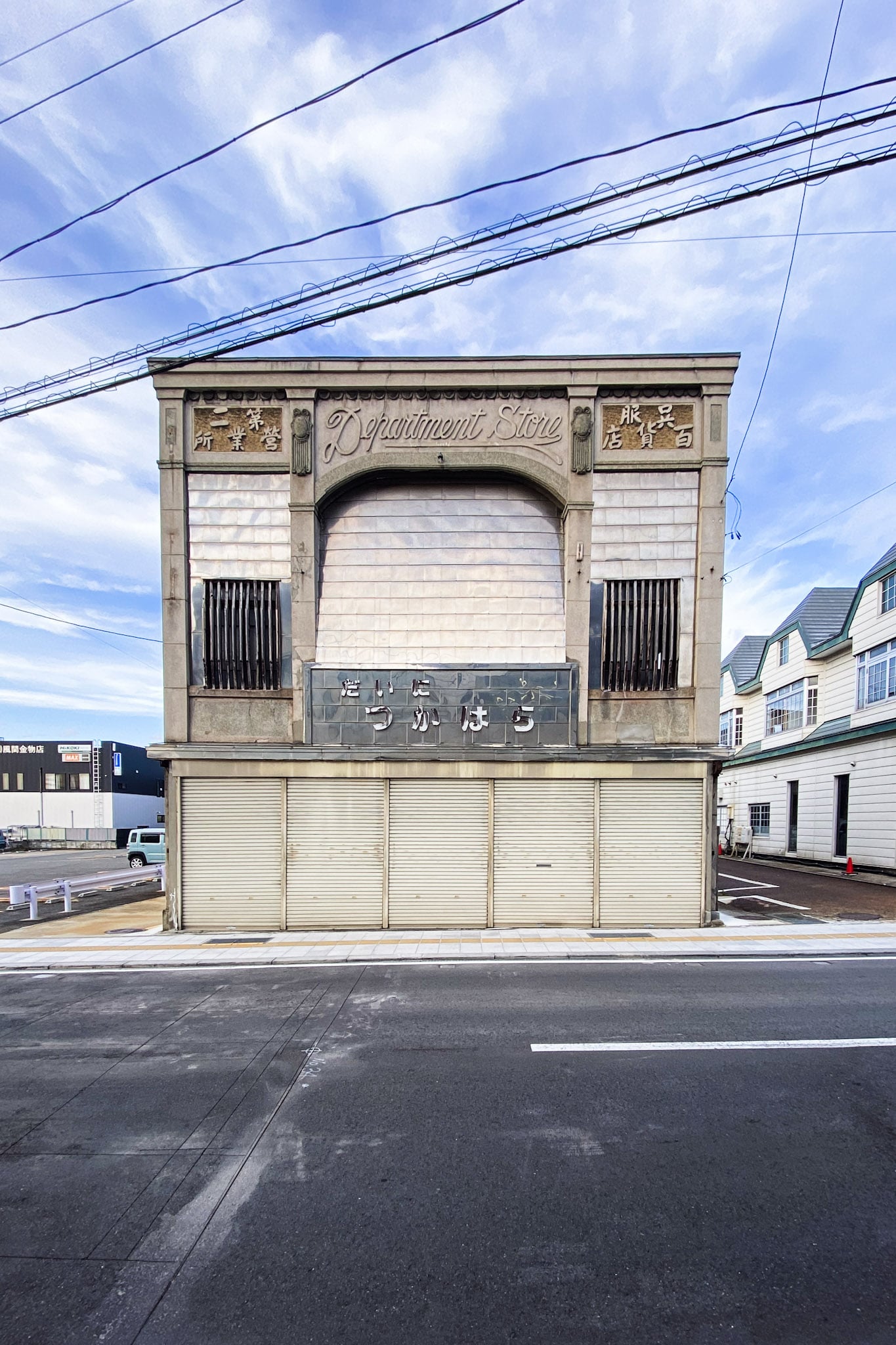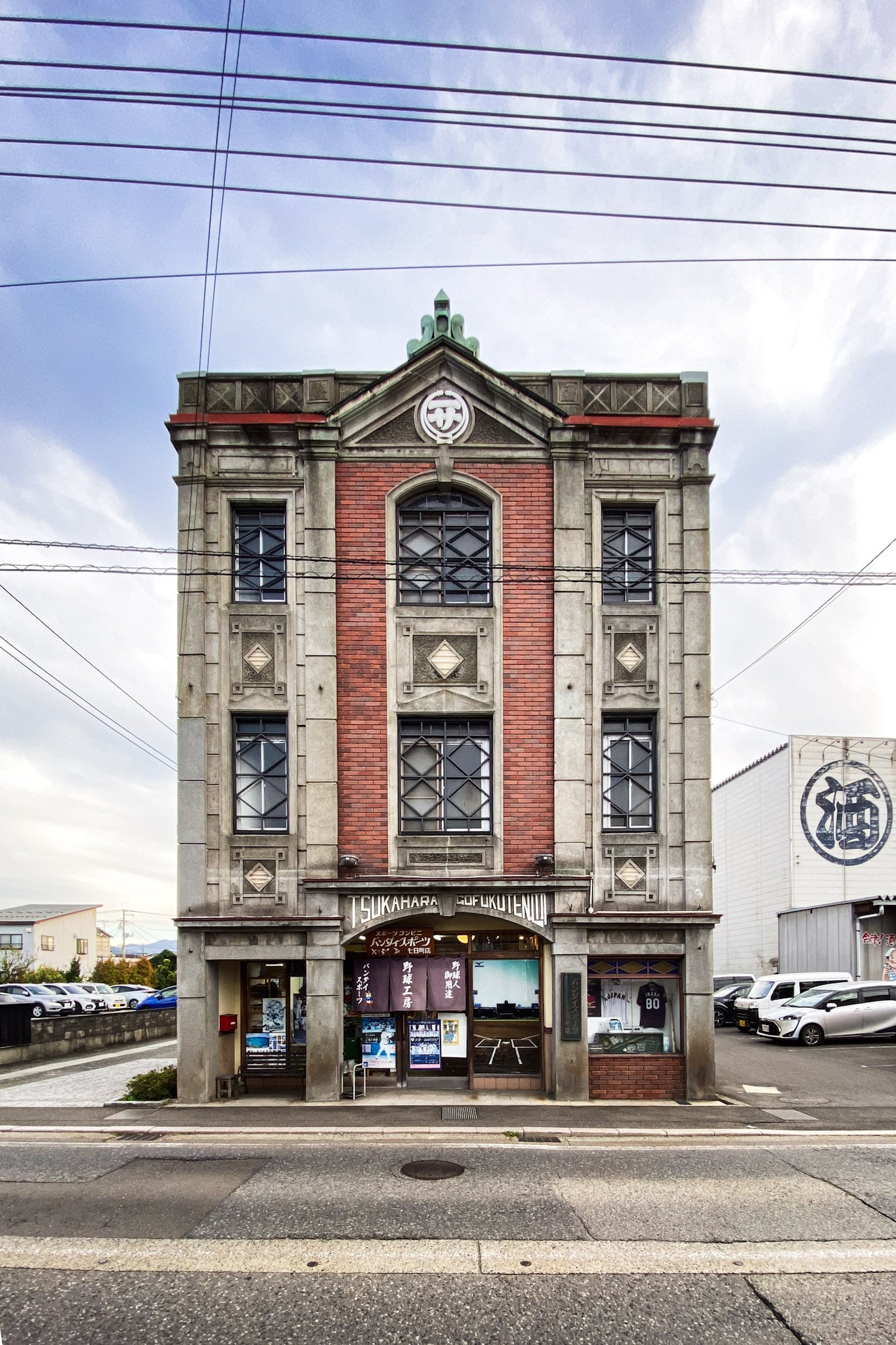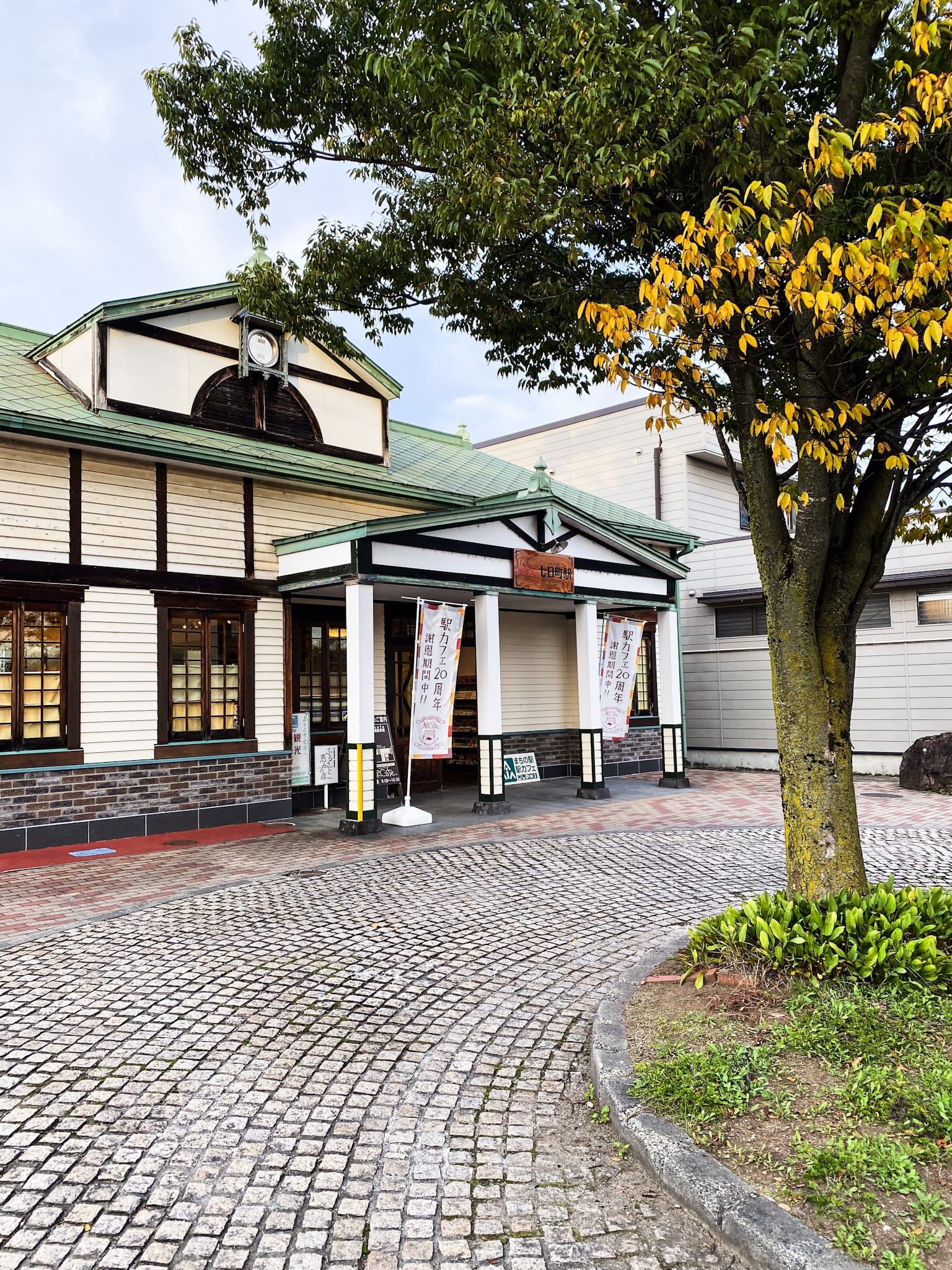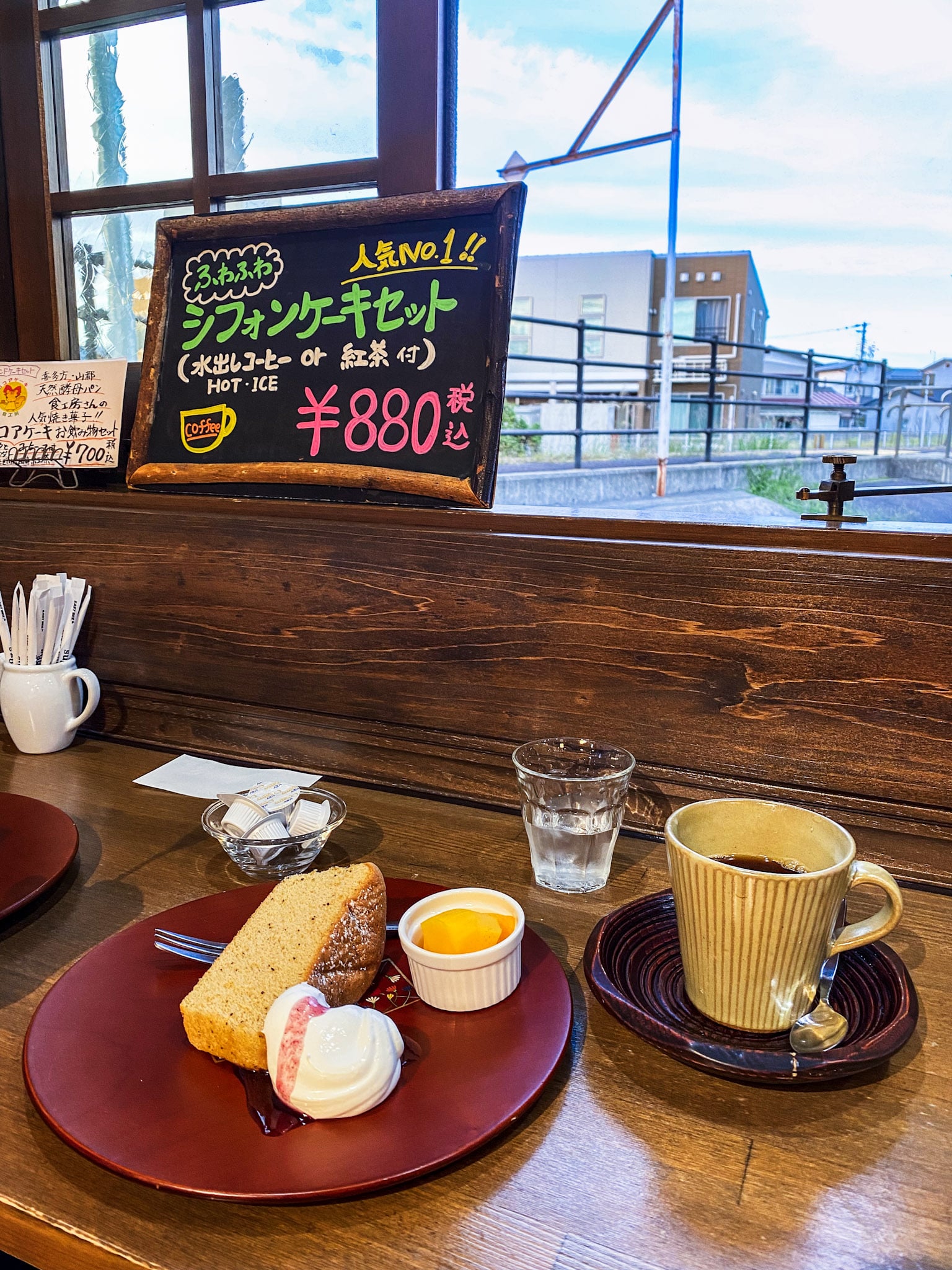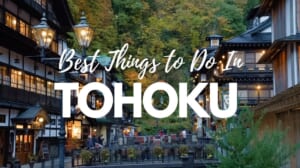5 Days Itinerary in Tohoku with JR EAST PASS
Exploring some uncharted corners in Tohoku: Yamagata, Akita and Fukushima
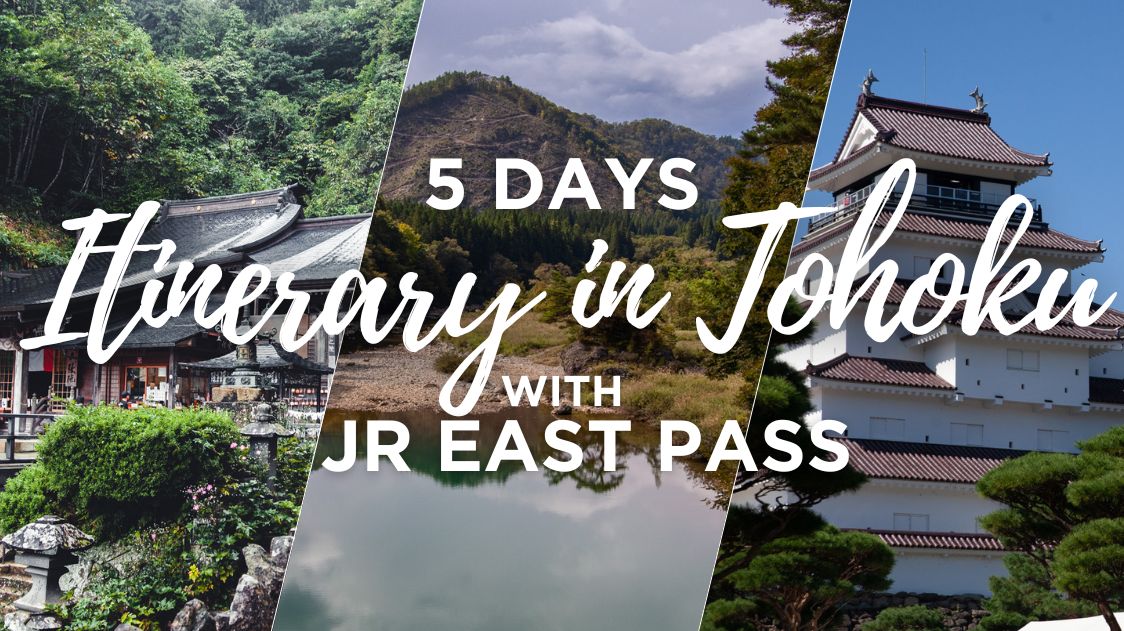
Tokyo may be the beating heart of Japan, but for those with a penchant for the road less traveled, the allure of Tohoku is irresistible.
When I first set foot in the dynamic metropolis of Tokyo, I made a pact with myself: I would venture into every single prefecture of Japan. A lofty goal, perhaps, but one that led me to the untamed landscapes and rich cultural pockets of Aomori, Miyagi, and Iwate. Yet, the Tohoku region still had more to reveal: Akita, Yamagata, and Fukushima beckoned, and I answered the call.
Armed with a JR East Pass, I had a golden ticket to explore these lesser-known gems for five days. The clock was ticking, and the stakes were high. How many treasures could I uncover within the confines of a five-day itinerary? What follows is a chronicle of that unforgettable journey through the scenic landscapes, culinary wonders, and cultural marvels of Akita, Yamagata, and Fukushima.
Oh, and some dumb mistakes so you can learn from my experience. Or not, because haphazard discovery is fun and careful planning is for cowards, yo.
*Please note that this article contains affiliate links.
<<Buy your JR East Pass here!>>
<<Buy your Bullet Train tickets here!>>
Day 1: Tokyo to Yamagata
The first leg of my journey kicked off from Tokyo to Yamagata Station via the Yamagata Shinkansen. From there, I took a local train to Yamadera Station. Yamadera was a place that had been sitting pretty on my bucket list, daring me to conquer its more than 1,000 steps.
The weather wasn’t exactly on my side—clouds loomed ominously—but the silver lining was a mystical mist that enveloped the mountain, creating an ethereal atmosphere.
The Mystique of Yamadera
Yamadera (山寺), or “Mountain Temple,” is a spiritual sanctuary that has stood the test of time, as one of the region’s most scenic spots.
Founded in 860 AD by the revered monk Jikaku Daishi Ennin, this temple complex is an important site for the Tendai school of Buddhism. The temple is officially known as Risshakuji (立石寺) and is dedicated to the Buddhist deity Yakushi Nyorai, the Medicine Buddha. The temple’s location, perched high on a cliff, is no accident. It’s said that the mountain’s natural energy enhances the power of meditation, a belief that has attracted monks and pilgrims for over a millennium.
The ascent to the temple is a spiritual journey in itself, with each step symbolizing a move away from the earthly realm and closer to enlightenment.
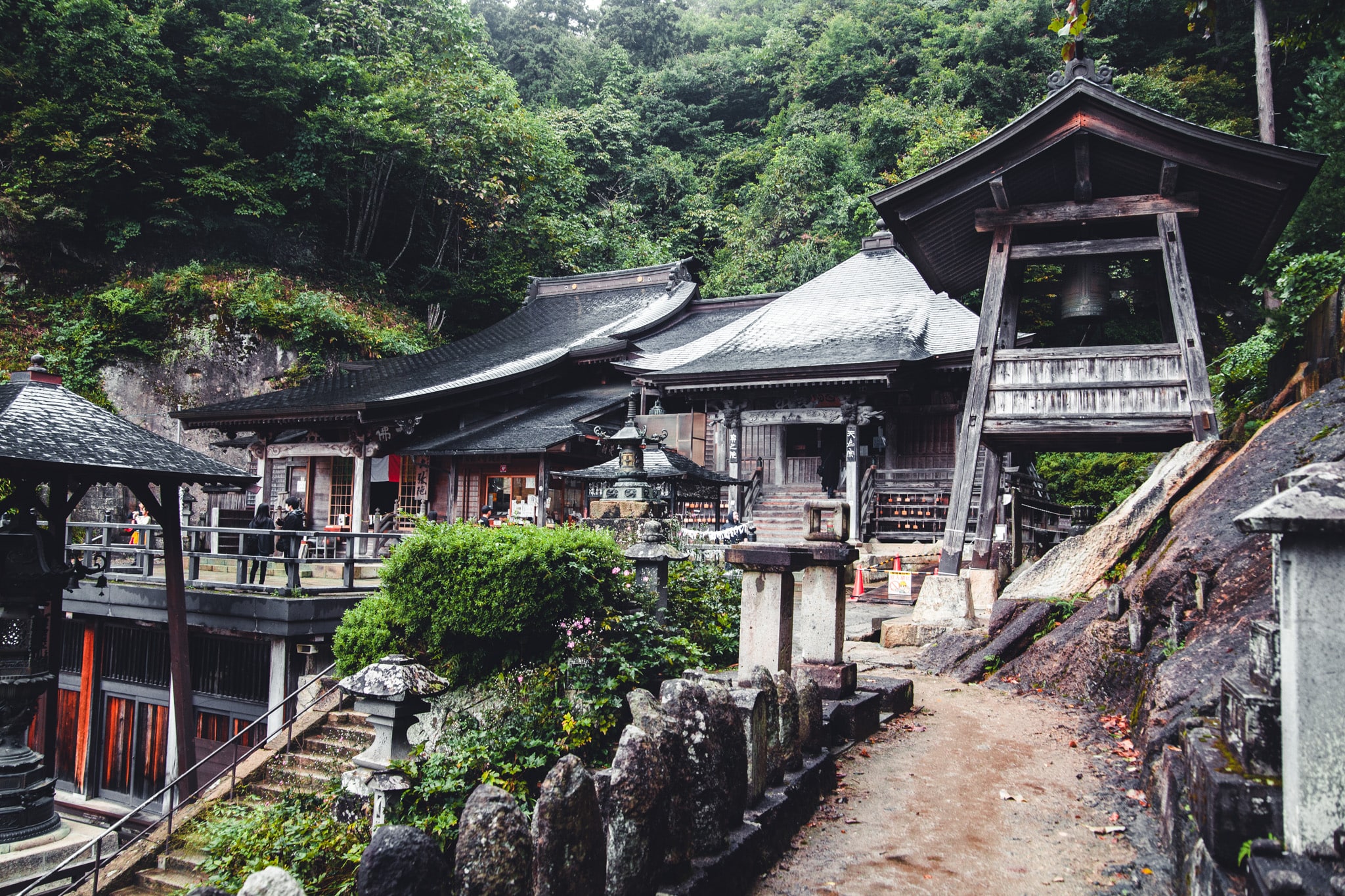
The mist that had settled around the mountain seemed to whisper ancient secrets, adding a layer of mystique to the experience.
Once at the top, the view was nothing short of breathtaking. The temple structures, aged by time but dignified, stood in harmony with the mountain that cradled them.
It was a sight to behold, a moment where nature and spirituality converged into a singular, awe-inspiring experience. I ended up lingering for longer than I was supposed to, as the panorama before me was too compelling. Time seemed to slow as I took in the vistas while trying my best to capture the beauty of the place with my camera.
More information about Yamadera: Yamadera: Risshakuji Temple in Yamagata
A Word to the Wise: Timing is Everything
For those planning a similar journey, a word of caution: train schedules in rural Japan are not as forgiving as in Tokyo.
As I lost the train I intended to take, I had a bit more time to spare, so I meandered around Yamadera Station. My original plan was to make it to Ginzan Onsen by bus in time for the sunset, but the shorter days of autumn had other plans.
I had to reschedule that experience for the next day, a small hiccup in an otherwise seamless adventure.
Yamagata City: Where Modernity Meets Tradition
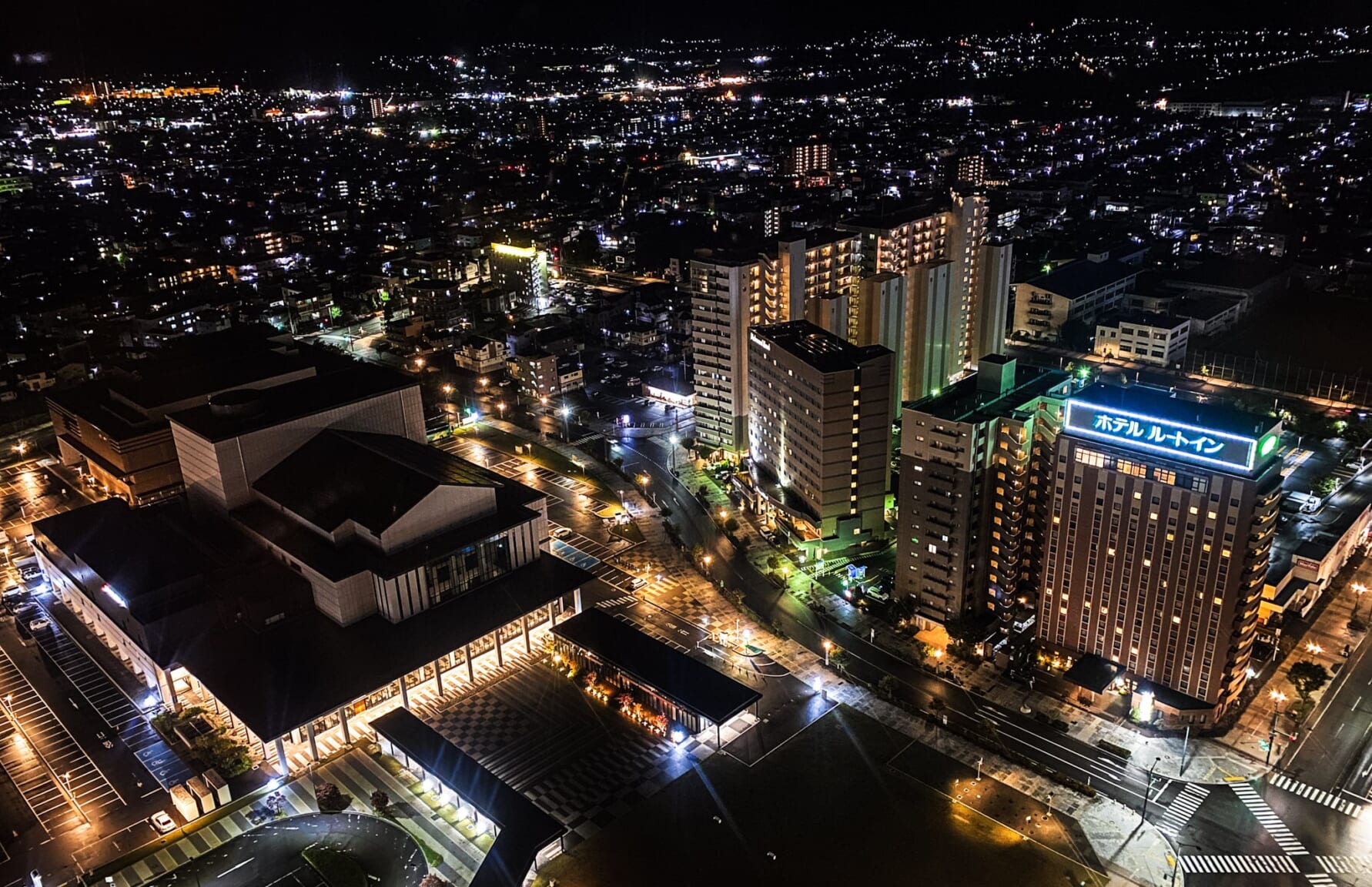
We checked into our hotel, and let me tell you, the location was a jackpot. I had chosen the Washington Hotel Yamagata Ekinishiguchi simply for the convenience of its location right next to the station. But I hadn’t realized it was also located in the tallest tower in the city, offering a bird’s-eye view of Yamagata, turning the skyline into a twinkling sea of lights as night fell.
<<Book “Washington Hotel Yamagata Ekinishiguchi” at the best price!!>>
Yamagata City is relatively quiet, the area around the station however was a hive of activity, as if the city had a split personality: one that cherished the calm and another that thrived on the buzz. We decided to explore both, starting with a leisurely stroll around the quieter parts before diving into the bustling station area. Note to self: don’t expect all public parks to be lit at night.
Karamiso Ramen, Yamagata’s Signature Dish
As someone who considers ramen not just a dish but a lifestyle, I had high expectations for Yamagata’s local specialty—Karamiso Ramen (辛味噌ラーメン). And let me tell you, it did not disappoint. The spicy miso ramen was the culinary equivalent of a warm hug on a chilly autumn night.
The creamy broth and thick noodles were a match made in gastronomic heaven, providing the perfect end to an already fulfilling day.
Day 2: From Misty Mountains to Onsen Towns
Zao Ropeway: A Journey into the Clouds
Day 2 began with a sense of anticipation as we boarded the bus at Yamagata Station, bound for Zao Onsen. The destination? Zao Ropeway, a gateway to the mountaintop that promised panoramic views—or so we thought.
Upon reaching Zao Onsen, we hopped on the Zao Ropeway, eager to capture some stunning misty shots, inspired by the previous day’s atmospheric experience. However, nature had a different plan. Instead of soaring above the clouds, we found ourselves enveloped in a thick curtain of mist. The observatory platform, usually a vantage point for sweeping landscapes, offered instead a thick wall of fog. So nature had decided to play peekaboo, so we had no choice but to play along.
Undeterred by the lack of visibility, we decided to explore the mountain further. The misty road had its own mysterious allure, transforming the landscape into a scene straight out of a Silent Hill game.
The fog might have obscured the view, but it certainly added a layer of drama to our adventure. Just a minor setback: we were looking forward to grabbing a bite at the mountaintop restaurant but unfortunately it was closed, so bear in mind to check these things in advance if you plan to visit during the off-season.
Thinking of visiting Zao Onsen during winter? Check the following article: Zao Onsen: Meet the Snow Monsters at Zao Onsen Ski Resort!
The Magical Atmosphere of Ginzan Onsen
On Timing: A Note on Bus Schedules
After descending from the misty heights of Zao, we hopped on a bus back to Yamagata Station. From there, we boarded another bus to Oishida Station, en route to the much-anticipated Ginzan Onsen.
Another word to the wise: bus schedules in rural areas are not as frequent as in Tokyo. The buses run on a fixed timetable year-round, so it’s crucial to plan your day accordingly.
We arrived at Ginzan Onsen around 15:00, giving us ample time to explore before the last bus at 18:20. If you miss the last bus, you will have no other choice but to take a regular taxi to Oishida Station for around 7,000 yen.
Since we’re at it, here’s a shoutout to our bus driver from Oishida Station! The bus ride was a very entertaining experience thanks to him. Mind you, this wasn’t a tourist bus but a regular local bus, despite this the driver doubled as an impromptu tour guide.
Whether it was his excitement to have visitors or his natural affinity for storytelling, he kept us entertained with tidbits about the local area and its seasonal crops. It was an unexpected but delightful addition to our journey.
Ginzan Onsen: More Than Just Hot Springs
As soon as we stepped off the bus, it was clear that Ginzan Onsen (銀山温泉) lived up to the hype. Originating from the Edo period, the town was initially a silver mining hub, which is how it got its name—’Ginzan’ literally translates to ‘Silver Mountain.’
Over the years, it transitioned from a mining town to a therapeutic retreat, attracting visitors with its mineral-rich hot springs. The architecture is a captivating blend of Taisho and Showa-era designs.
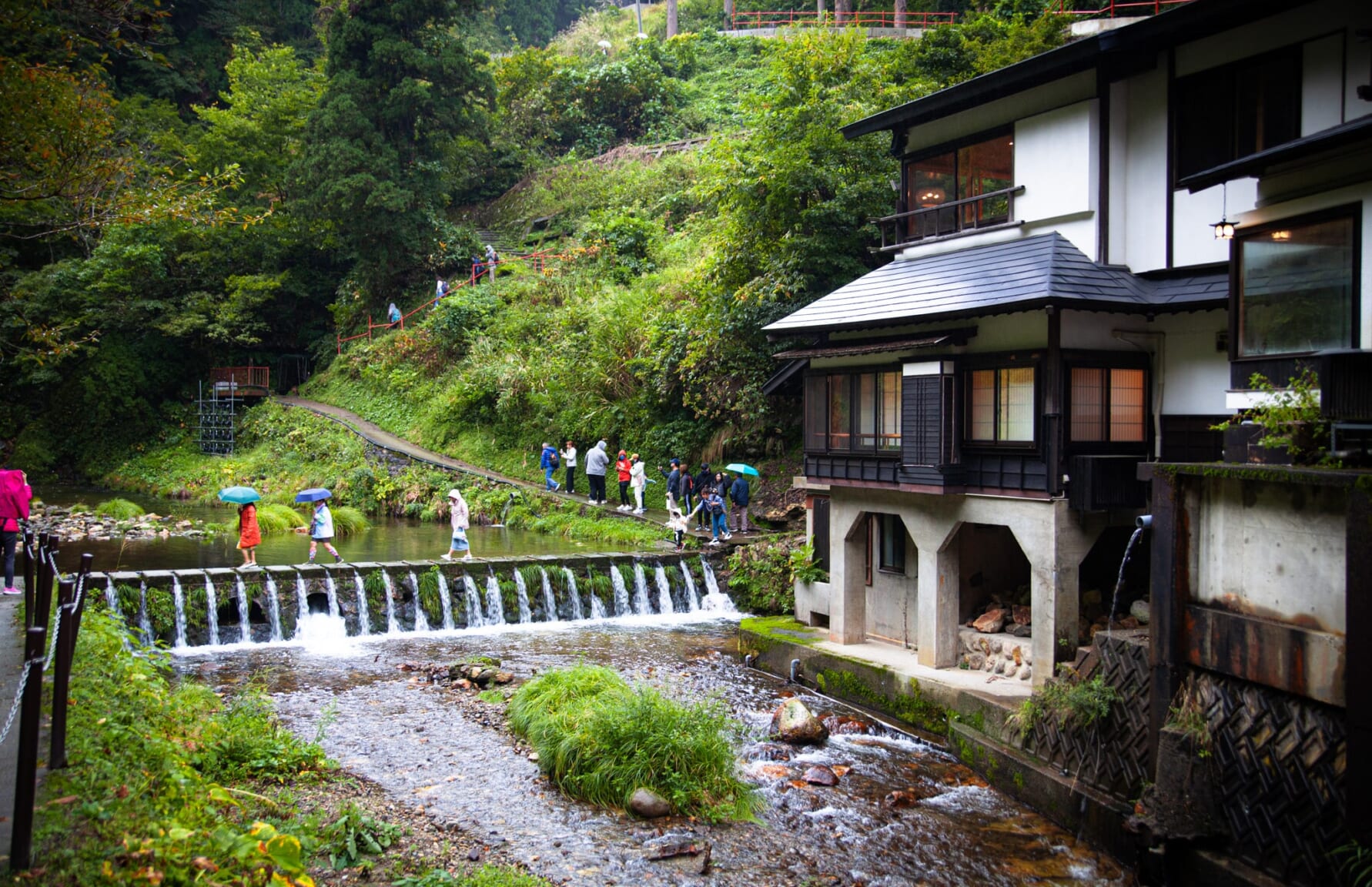
Gas-lit street lamps cast a warm, inviting glow, enhancing the town’s ethereal atmosphere. Shopkeepers greeted us from behind counters filled with traditional crafts and local delicacies, while the faint sound of flowing water from nearby hot springs added a soothing soundtrack to the experience.
A Musical Surprise: The Depth of the Komuso Shakuhachi Pilgrimage
Our time in Ginzan Onsen was further enriched by an unexpected musical encounter. Members of Garyu-kai, a society dedicated to preserving the Fuke Shakuhachi tradition, were on a pilgrimage in the town.
The Komuso are unique monks who use the Shakuhachi, a bamboo flute, as a spiritual tool. Originating from the Fuke school of Zen Buddhism, they play the Shakuhachi not just for musical expression but as a form of “blowing Zen,” a meditative practice. Their hauntingly beautiful melodies filled the air, adding a profound spiritual dimension to our visit.
The Magic Hour: Ginzan Onsen at Sunset
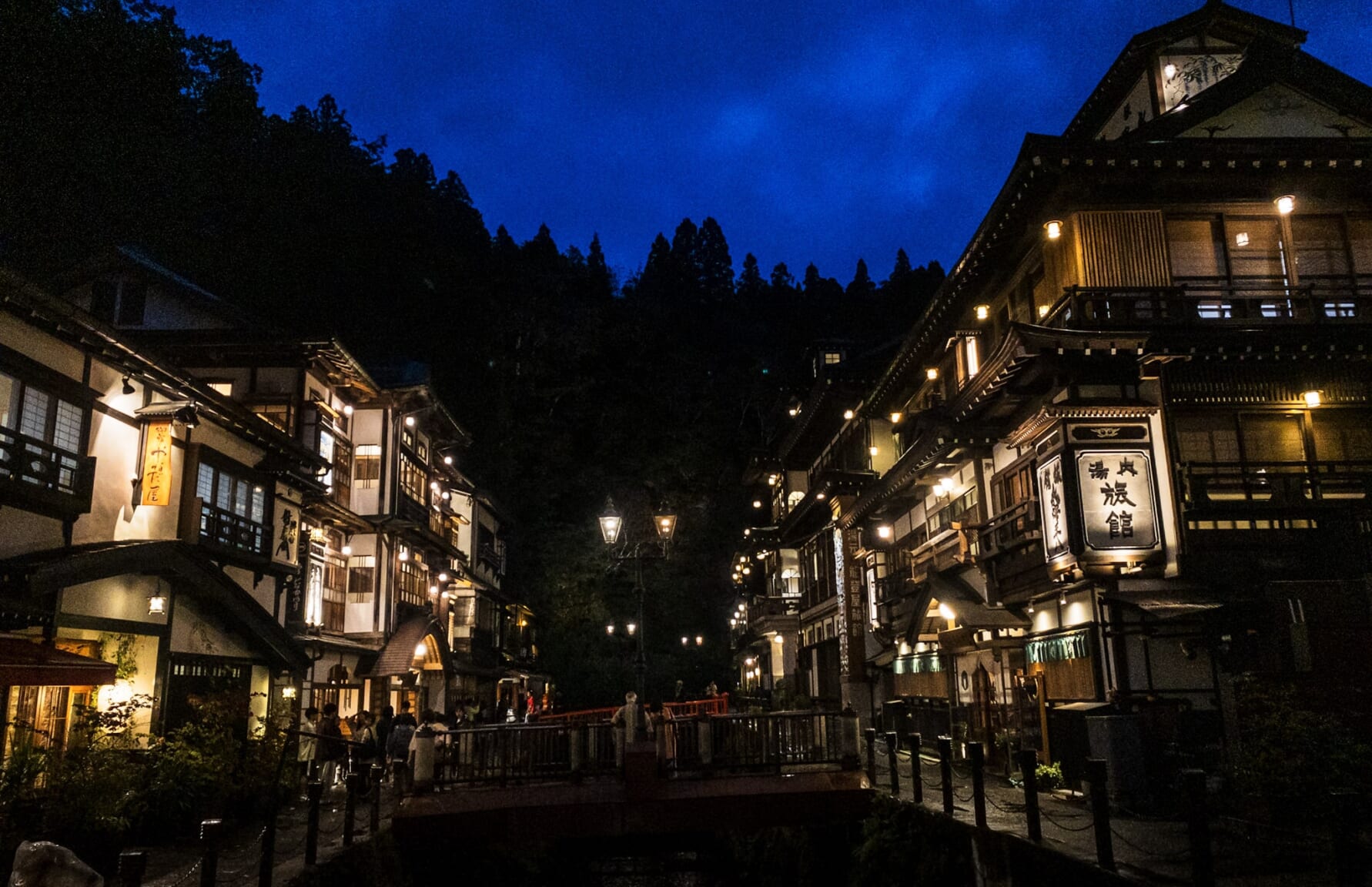
The buildings, with their retro architecture, began to light up, casting a warm glow on the cobblestone streets. It was as if the town had donned its evening attire, ready to show off its beauty in a whole new light. The atmosphere was nothing short of enchanting, making it the perfect setting for leisurely strolls and last-minute souvenir shopping.
Wrapping Up the Day: Another Bowl of Karamiso Ramen
Once back in Yamagata City, there was only one way to properly conclude such a diverse and enriching day: another bowl of Karamiso Ramen! The thick noodles and creamy soup were the perfect way to end the day on a high note.
Day 3: Exploring Yamagata City and Journey to Akita
Morning in Yamagata City: A Glimpse into History and Culture
Before leaving Yamagata for Akita, I decided to explore a bit more of the city’s historical and cultural landmarks.
My first stop was the Yamagata Folk Museum (山形県郷土館), also known as Bunshokan (文翔館). Although it was before opening hours, the building itself was worth the visit as a historical monument that encapsulates the rich cultural heritage of Yamagata. Built during the Meiji era, the museum is a designated Important Cultural Property and offers a glimpse into the region’s history, folklore, and art.
Just a short walk from Bunshokan, there’s Kajo Park (霞城公園), home to the Former Saiseikan Hospital building (旧済生館本館) and the Yamagata Castle Ruins (山形城跡).
The Saiseikan Hospital, a Western-style building, stands as a testament to the city’s embrace of modern medicine during the Meiji era. As for Yamagata Castle, its gates and stone walls whisper tales of samurai and feudal lords, adding an air of historical gravitas to the serene park.
Craving for more ideas in Yamagata? We got you covered: 10 Best Things to Do in Yamagata
Journey to Akita: A Scenic Detour
The trip to Akita was a bit of a surprise. I had assumed that the Yamagata Shinkansen would connect directly to the Akita Shinkansen.
However, the last stop was at Shinjo Station, where I had to switch to a local train to Omagari Station. Far from being an inconvenience, this detour turned out to be a charming experience. The train ran mostly on a single track through rural landscapes, offering a stark contrast to the urban hustle and bustle I was accustomed to.
Senshu Park: A Walk Through Time
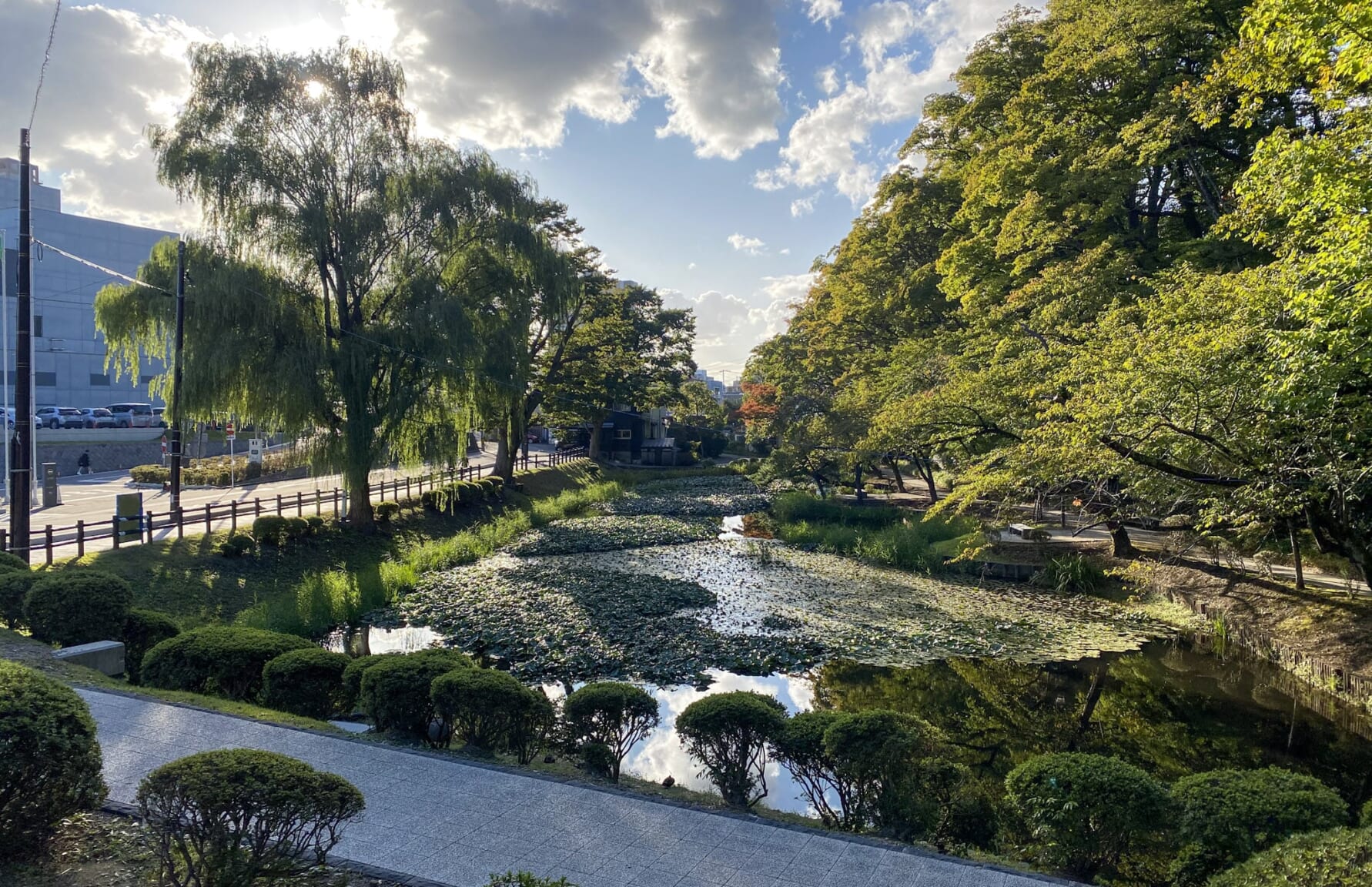
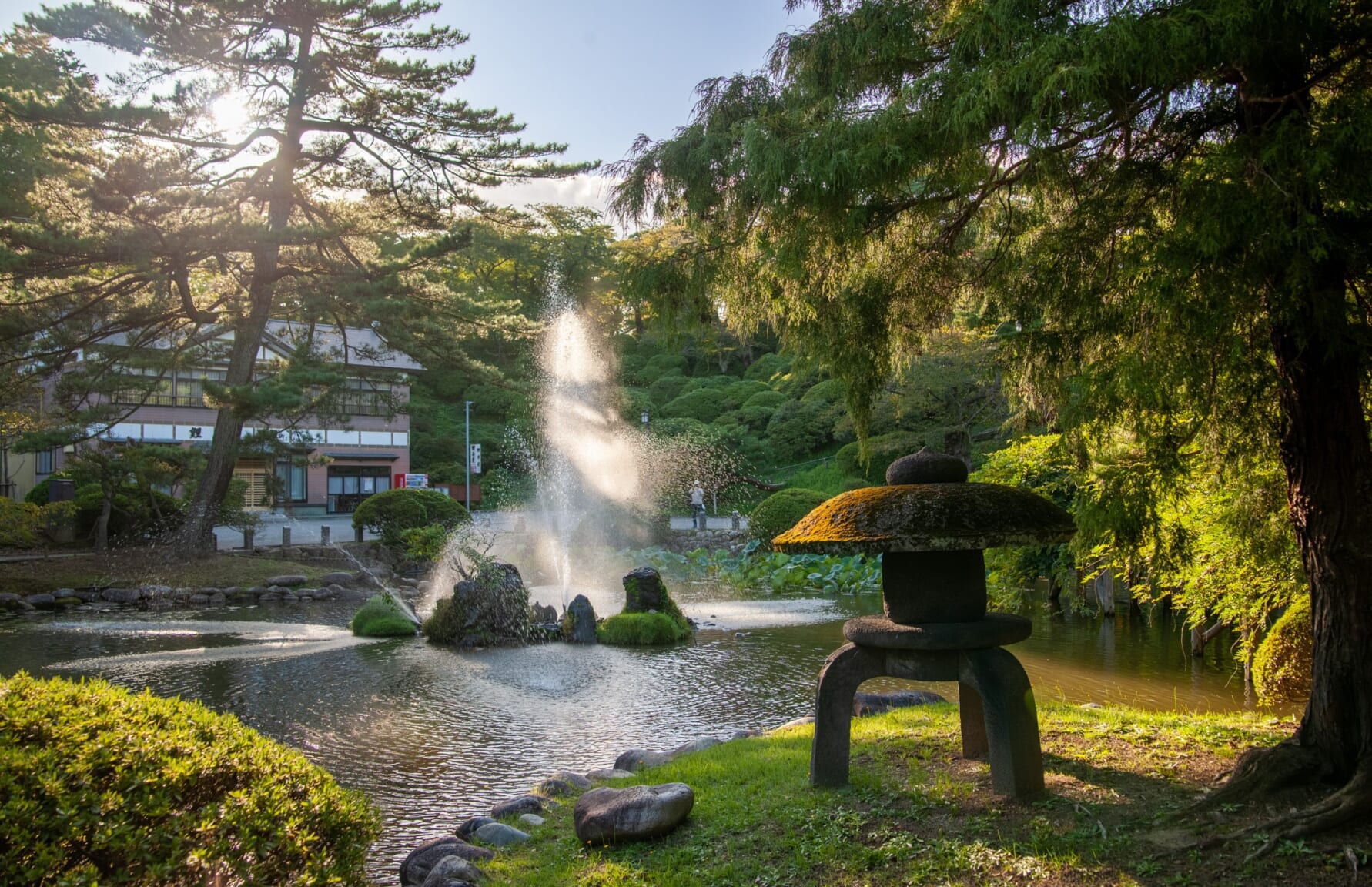
The castle was unique in that it had no tower and almost no stone walls, relying instead on a moat and earthwork for defense. Today, the water-filled moat serves as a vestige of those early days, reflecting the green foliage of the park and providing a beautiful view.
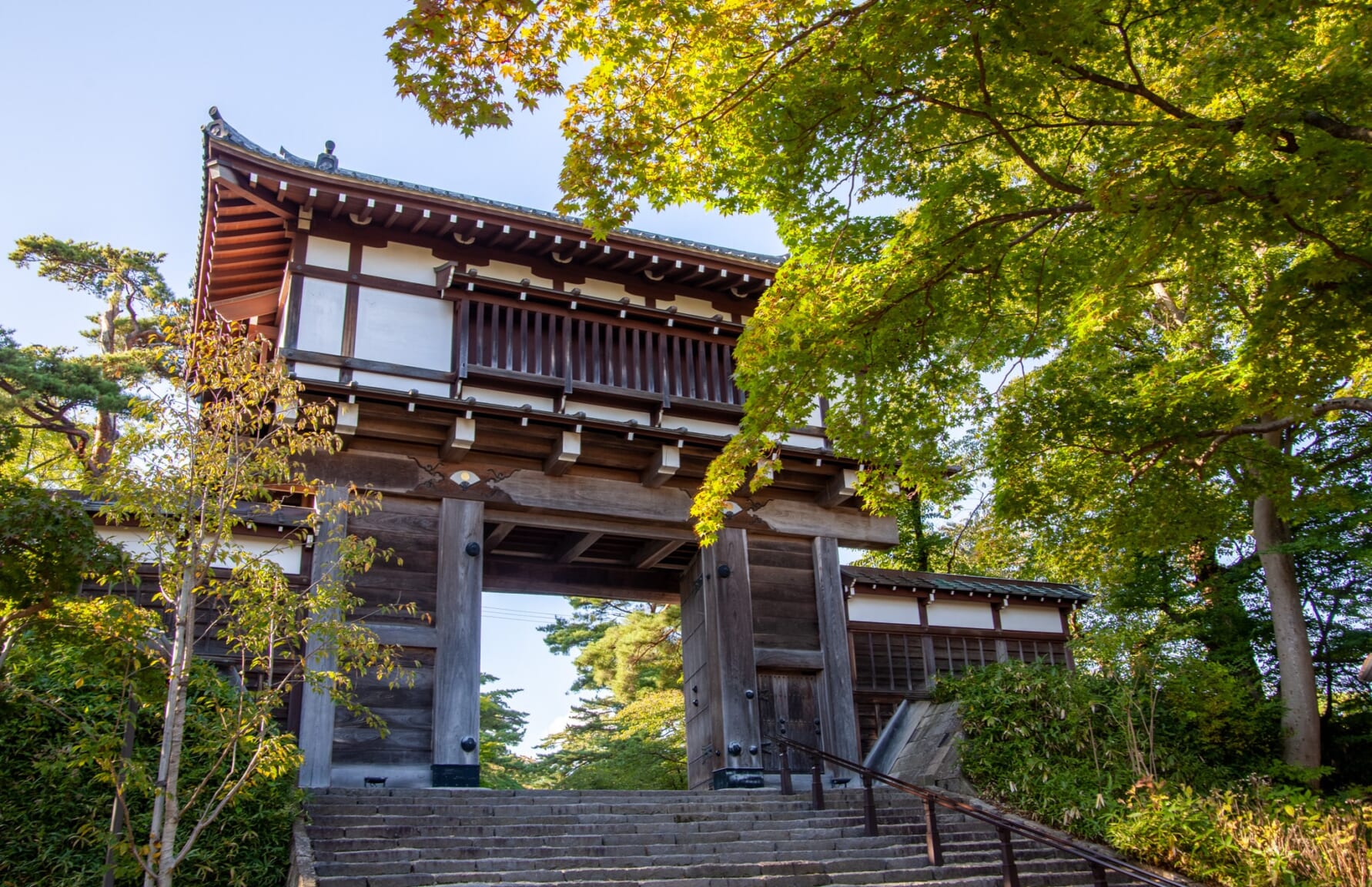
Yojiro served as a messenger for Satake Yoshinobu, the lord who built Kubota Castle. The fox was so efficient that he could travel to Edo and back in just six days. Unfortunately, Yojiro was murdered by other jealous messengers who had lost their jobs. Lamenting his untimely death, his spirit was enshrined by Yoshinobu.
Akita’s Local Specialty: Inaniwa Udon
As the sun began to set, my stomach started to rumble, signaling that it was time to dive into Akita’s culinary scene.
The dish on my radar? Inaniwa Udon (稲庭うどん), a local specialty. Unlike your typical udon, Inaniwa Udon is thinner and smoother, almost resembling flat soba noodles. Originating from the Inaniwa area in Akita Prefecture, these noodles have a history that spans over 300 years. They are meticulously hand-stretched and air-dried, a process that lends them their unique texture.
I headed to a local restaurant renowned for its Inaniwa Udon. The dish was served in a simple yet flavorful broth, allowing the udon’s texture to shine. Suffice it to say, it was delicious!
Day 4: The Quest for Dakigaeri Valley
The Journey to the Valley: A Walk Worth(?) Taking
Getting to Dakigaeri Valley (抱返り渓谷) was an adventure in itself. The travel apps were as clear as mud when it came to directions. The closest station, Jindai Station, was still an hour’s walk away, and buses seemed to be a myth in this area.
Some online guides even suggested booking a taxi days in advance from Kakunodate Station, which made zero sense considering the much longer distance and potential cost. So, I opted for the scenic route—a one-hour walk through the countryside.
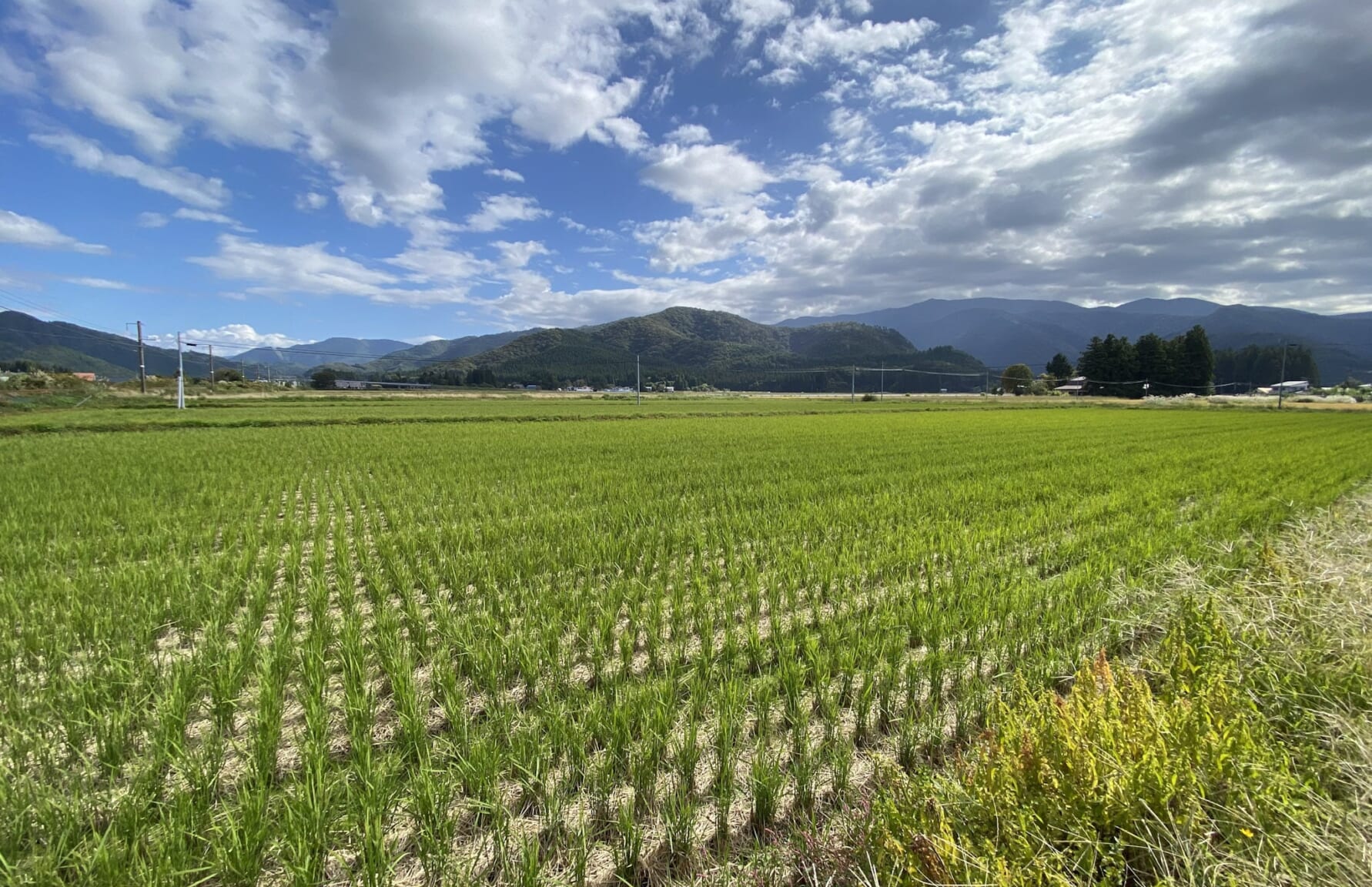
The lovely old lady running the stand enlightened me about a hidden gem—a shared taxi service from Kakunodate Station that could take me to various nearby locations for a mere 400 yen per passenger! Keep reading further for details on this useful service.
The Awe-Inspiring Scenery of Dakigaeri Valley and Mikaeri Falls
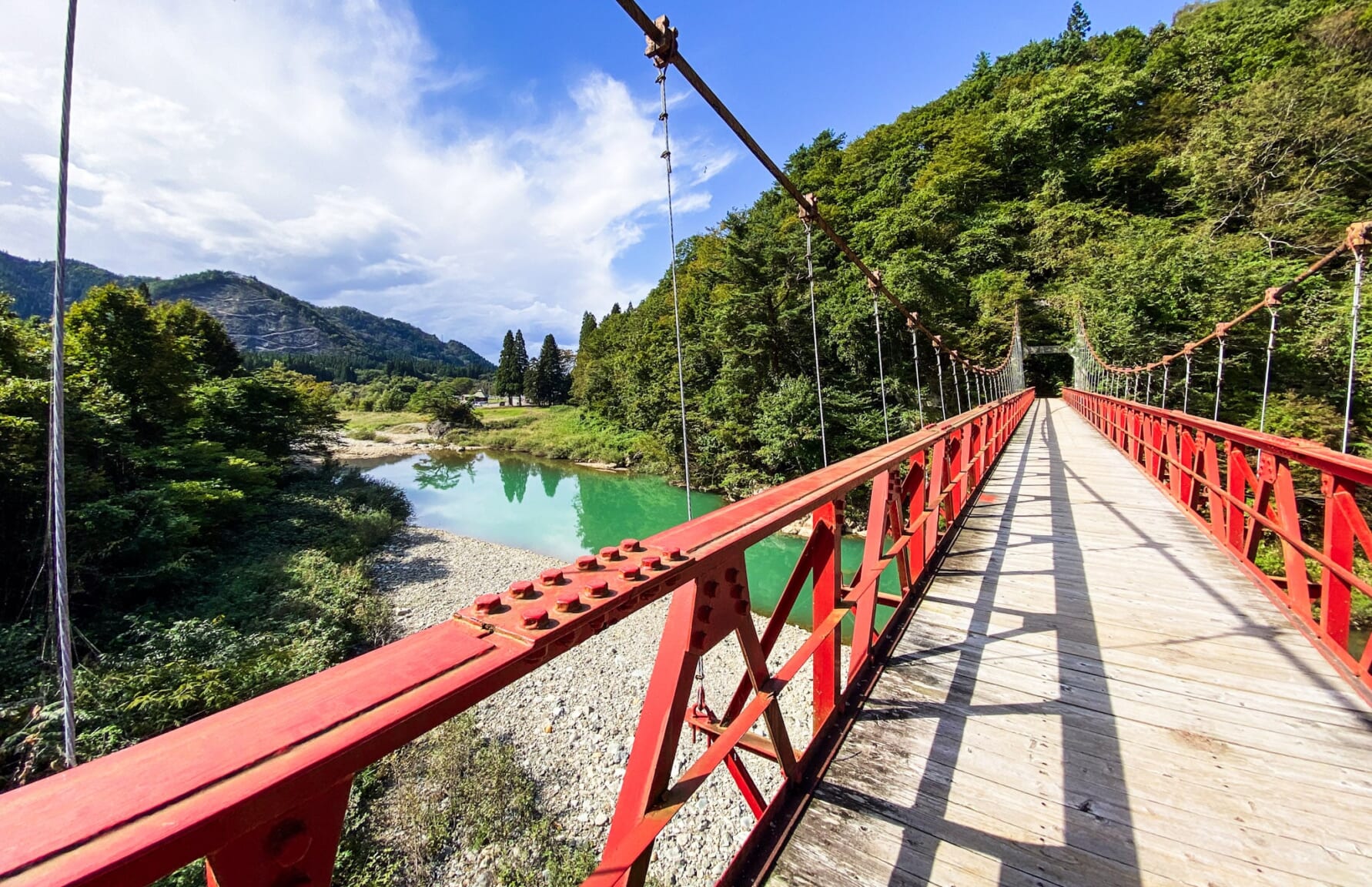
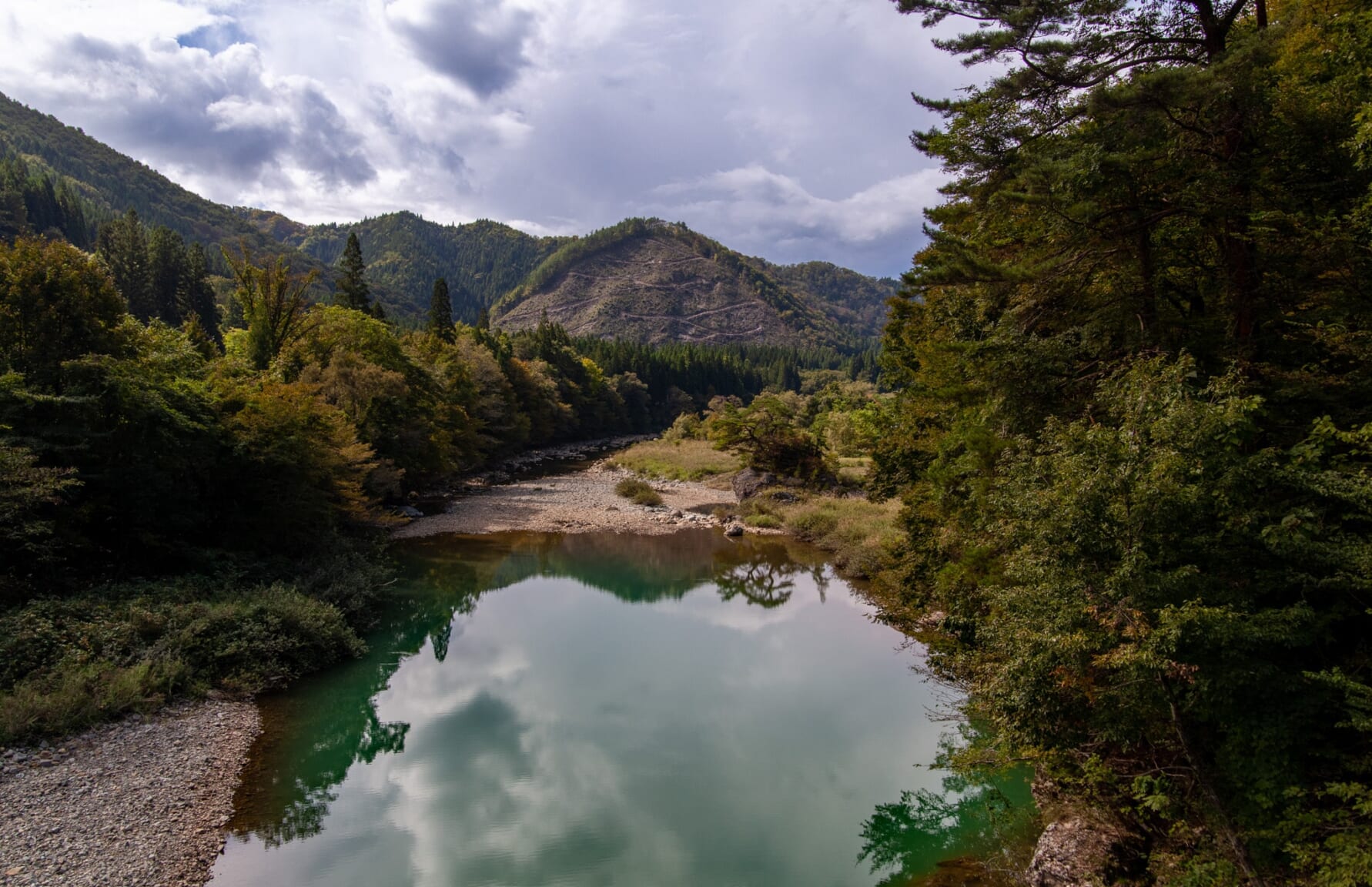
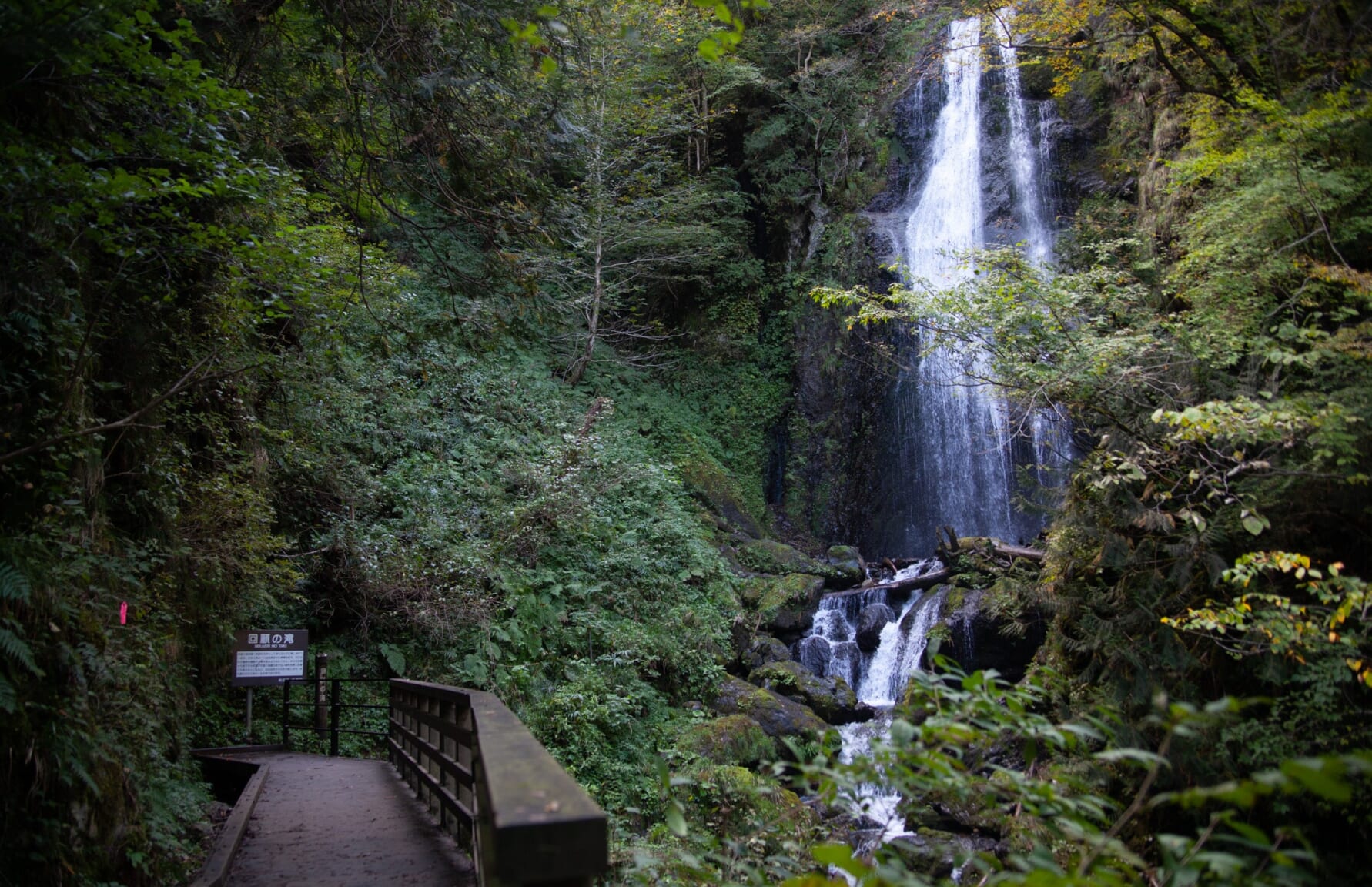
This service is called Yobunoru Kakunodate (よぶのる角館). It’s an on-demand shared taxi service that operates based on customer reservations. Key details:
- Operating Hours: 8:30 AM to 5:30 PM (Reservations accepted from 8:00 AM to 5:00 PM)
- Fare: 400 yen per person per ride (both adults and children)
- Payment Methods: You can pay in advance or in the vehicle using cash or Suica (other transportation IC cards are also accepted except PiTaPa).
- Service Area: The service covers the area around Kakunodate Station and the Samurai Residence area. It also includes specific stops like “Kakunodate Onsen Hanayokan,” “Farm Inn Midori no Kaze,” “Noka Minshuku ‘Io’,” “Akita Art Village,” “Semboku Workplex,” “Onsen Yupopo,” and “Dakigaeri Valley.”
- Reservation: You can reserve the service by phone, and the number for reservations is 070-7051-6172.
Please note that the service is only available in Japanese, but you can use an application to avoid speaking in Japanese over the phone.
For more information, visit the official website (in Japanese).
A Brief Detour in Kakunodate
After soaking in the natural beauty of Dakigaeri Valley, it was time for a change of scenery. The next stop was Kakunodate (角館), a town that has earned its nickname as the “Little Kyoto of Tohoku” for good reason.
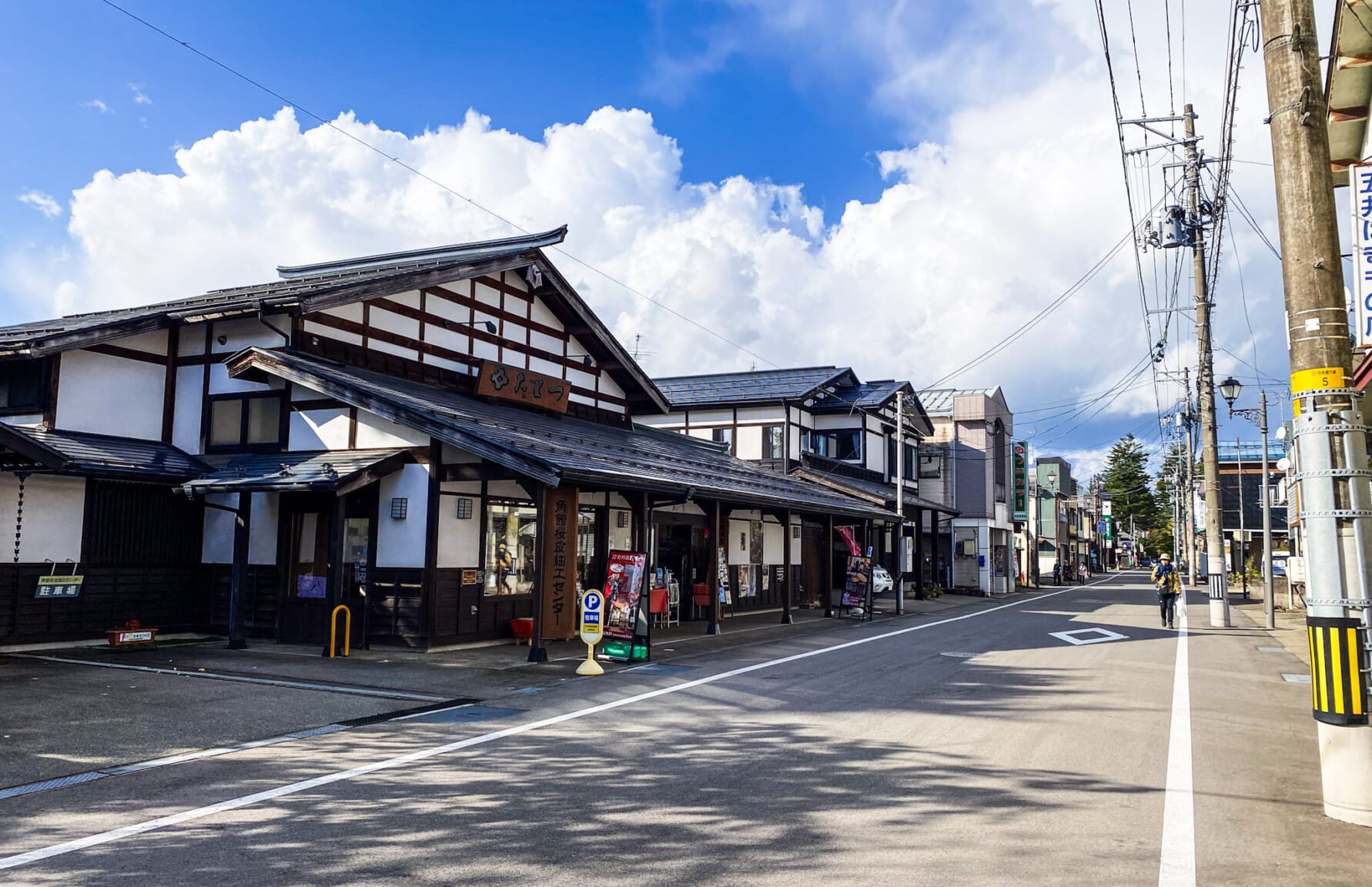
These old buildings are living pieces of history, some of which are still inhabited by descendants of the original samurai families. The district exudes an air of quiet dignity. Unfortunately, I didn’t have time to spend the entire afternoon here as I had other plans, but the aforementioned taxi service is your best bet if you want to explore the surroundings, as they also have a convenient fare if you want to use it several times during the day.
The Expansive Lake Tazawa
Our next destination was Lake Tazawa (田沢湖), a place that defies the very definition of a “lake”.
Stepping off the bus near Tazawa Lake, the first thing that strikes you is its enormity. A sprawling body of water that stretches as far as the eye can see. The eastern shore, closest to the bus stop, even boasts a beach-like setting with white sand that adds to the illusion of being by the sea. The wind was strong enough to create waves, making pedal boating an unwise choice but adding a dynamic element to the landscape.
Another unexpected tour guide
Originally, the plan was to explore just a small section of the lake and see the sunset before returning to the station. However, a serendipitous encounter with a returning bus led to an impromptu decision: this particular bus was from the Lake Circular Line so why not see more of the lake by taking a full circular bus ride? This way we would be able to see everything and still be able to reach our final stop for the day before midnight.
The bus driver was initially puzzled but after we explained our idea, turned into an impromptu tour guide as we were the only passengers at the time. As the bus wound its way around the lake, he offered insights into local gastronomy and points of interest, making the ride not just a means of transportation but an enriching experience. Fortunately, the views from the bus were quite good so we were able to enjoy the scenery during the entire ride. Two of the most famous local landmarks are the enigmatic Statue of Tatsuko (たつこ像) and the iconic Torii of Gozanoishi Shrine (御座石神社).
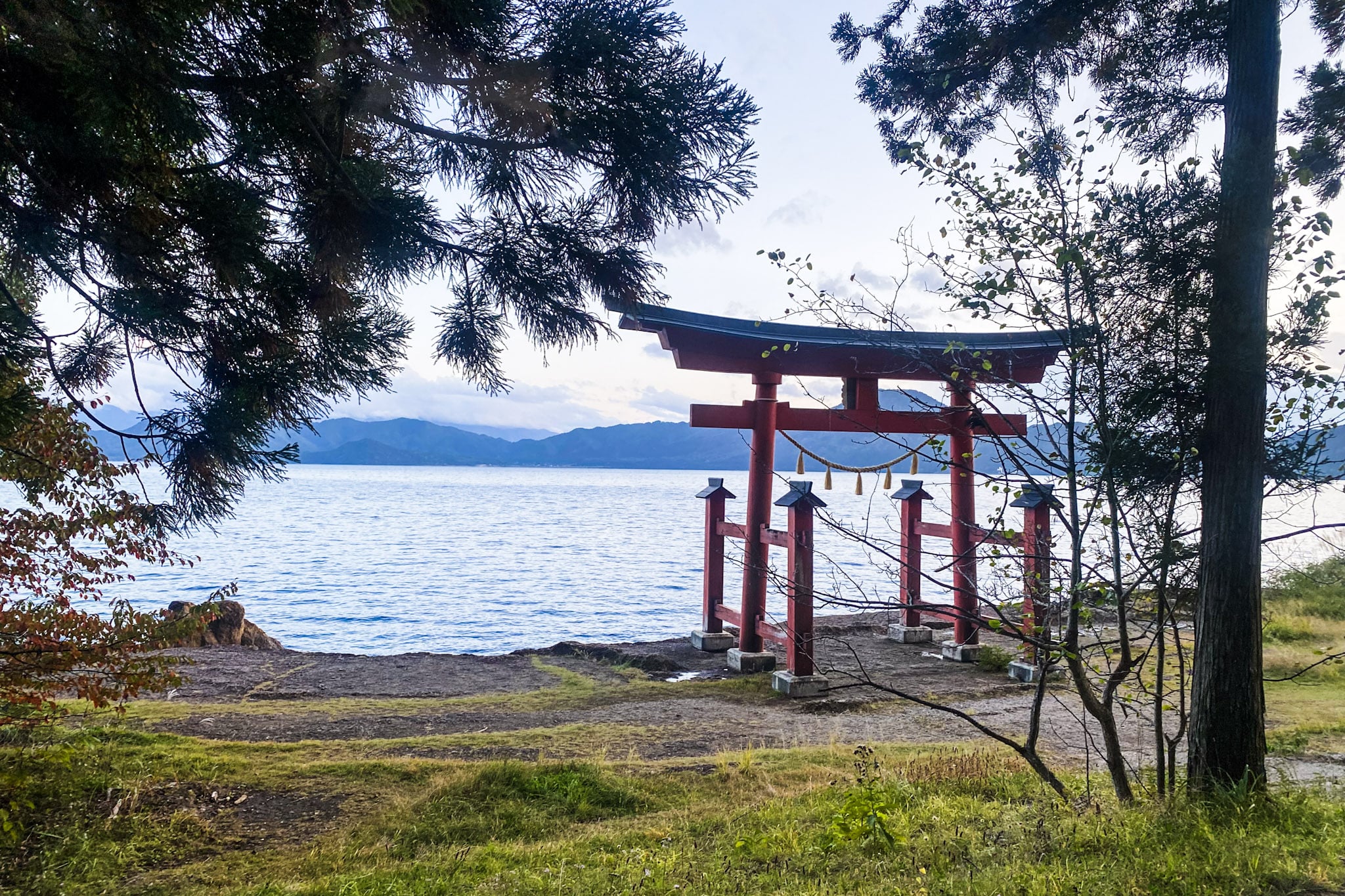
▽Check this link for more things to do in Akita!▽
▶10 Best Things to Do in Akita
Day 5: Leisure in Aizu-Wakamatsu
Aizu Wakamatsu (会津若松), often referred to as the “Samurai City,” is a place where history and tradition come alive. Located in the western part of Fukushima Prefecture, this city is a treasure trove of samurai heritage, ancient castles, and tranquil gardens. It’s a destination that offers a slower pace, making it an ideal spot for our more relaxed fifth day.
▽More information about Aizu-Wakamatsu!▽
▶Top Things to Do in Aizu-Wakamatsu, the Samurai City
The Majestic Tsuruga Castle
Our day naturally began with a visit to Tsuruga Castle (鶴ヶ城), the heart and soul of Aizu-Wakamatsu. It’s not just a replica of a historical monument; it’s a symbol of the city’s resilience and samurai spirit. The castle houses a very interesting local history museum, while the observation deck at the top of the castle provides panoramic views of the city, framed by distant mountains.
After the castle, we descended to the Rinkaku Japanese Tea Room (茶室 麟閣), located within the castle grounds. Here we indulged in a traditional matcha green tea with a side of traditional local sweets, savoring each sip as we looked out over the meticulously maintained gardens. It was a moment of serenity that transported us back to feudal Japan.
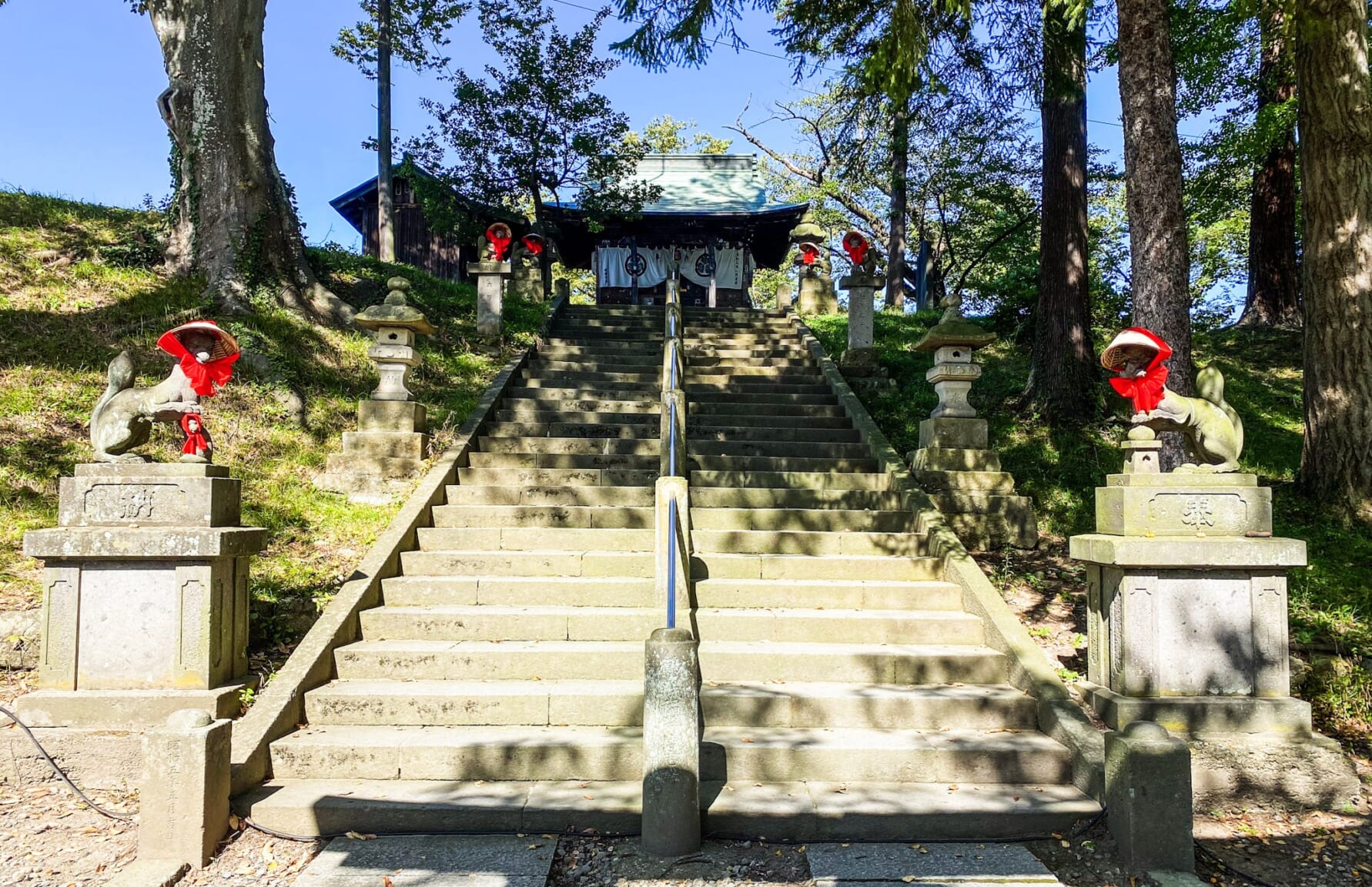
A Taste of Kitakata Ramen
No visit to Fukushima would be complete without sampling its culinary pride: Kitakata Ramen (喜多方ラーメン). Known for its thick, flat noodles and soy-based broth, this local dish is the epitome of comfort food.
The Tranquil Oyakuen Garden
After a satisfying meal, we hopped on a bus to Oyakuen (御薬園), a garden that’s a masterpiece of Japanese landscaping. The centerpiece is a large pond, shaped like the kanji character for “heart,” surrounded by various smaller gardens and walking paths. Here, we had another matcha moment at a teahouse overlooking the pond, because why not.
Adding a playful twist to this serene setting, next to the teahouse there was a small dispenser where we bought small cups of food to feed the koi fish and ducks, delightful little creatures more than willing to ruthlessly fight each other for food, something a bit surprising given how popular was the activity among the garden visitors.
A Stroll Down Nanokamachi Street, a Historic and Architectural Blend
Our next stop was Nanokamachi Street (七日町通り), a charming avenue that’s like stepping into a different era. The street is an interesting blend of architectural styles, where traditional wooden Japanese structures stand shoulder-to-shoulder with Western-influenced buildings from the Meiji and Taisho periods.
The street itself is relatively short, but what it lacks in length, it makes up for in character. Each building seems to tell a story, whether it’s a preserved samurai residence or a repurposed merchant house. Today, these historical edifices have found new life as chic boutiques, art galleries, and cozy cafes, offering a contemporary experience in a distinctly historical setting.
Walking down Nanokamachi Street feels like flipping through a well-curated photo album of Japan’s architectural evolution. The Meiji-era buildings showcase intricate wooden carvings and classic joinery techniques, while the Taisho-era structures display a more eclectic style, incorporating stained glass windows and decorative tiles.
There’s a palpable sense of community here, perhaps because many of these businesses are family-owned, passed down through generations. The street is often filled with a mix of locals and tourists, all drawn by its nostalgic charm and the promise of discovering something unexpected, be it a hidden art gallery or a shop selling handcrafted goods.
Last-Minute Souvenirs and Coffee at Station Cafe
As our time in Aizu Wakamatsu drew to a close, we found ourselves at Station Cafe, a quaint little spot conveniently located next to Nanukamachi Station. The cafe is a treasure trove of regional souvenirs, making it an ideal place for some last-minute gift shopping.
But what truly sets this cafe apart is its coffee. We opted for the cold brew, and let me tell you, it was a revelation. Smooth, robust, and incredibly refreshing. For those of us who prefer Italian-style coffee rather than American coffee, finding a brew to our liking in Japan can be a challenge so take my word for it and if you love coffee, you will love this little joint. It was the perfect send-off drink before wrapping up on our last day.
A Note on Sazae Temple
Before we wrap up, I’d like to mention Sazae Temple, a place we unfortunately couldn’t fit into our itinerary. This unique temple is known for its distinct architectural style, and it’s something I regret not being able to visit. So here’s a word of advice to future travelers: plan your trip carefully to make room for such hidden gems. Or just be like me and rely on chance and fun random discoveries.
▽Fukushima has a lot more to offer!▽
▶10 Best Things to Do in Fukushima
After our caffeine fix, we hopped on a train to Fukushima Station, where we would catch the Shinkansen back to Tokyo.
The train ride offered a moment of reflection, a chance to mentally revisit all the places we’d explored. The transition from the local train to the high-speed Shinkansen also served as a metaphor for our journey: starting in a place steeped in history and tradition, and ending in the bustling metropolis that is Tokyo. As the Shinkansen sped through the countryside, we couldn’t help but feel a sense of gratitude for the experiences we’d had and the memories we’d made.
I can’t recommend Tohoku enough. As tourism crowds explode on all the famous landmarks around Japan, Tohoku remains largely undiscovered and free from tourism crowds, save for Ginzan Onsen, the only spot that was filled with tourists due to its popularity.
Transport timetables can be a challenge, English information can be non-existent and infrastructure may not be as accommodating but probably thanks to that, the journey becomes a tremendously rewarding experience as you get to interact with locals who are not jaded for over tourism and instead, can be overjoyed to have visitors from abroad.
For more information about traveling in Japan, check these articles below, too!
Written by
Photographer, journalist, and avid urban cyclist, making sense of Japan since 2017. I was born in Caracas and lived for 14 years in Barcelona before moving to Tokyo. Currently working towards my goal of visiting every prefecture in Japan, I hope to share with readers the everlasting joy of discovery and the neverending urge to keep exploring.





